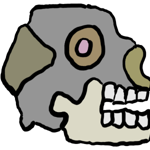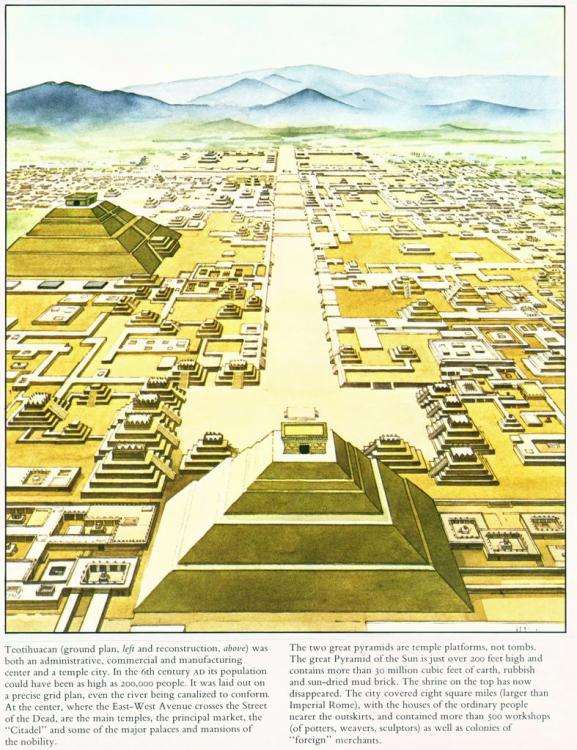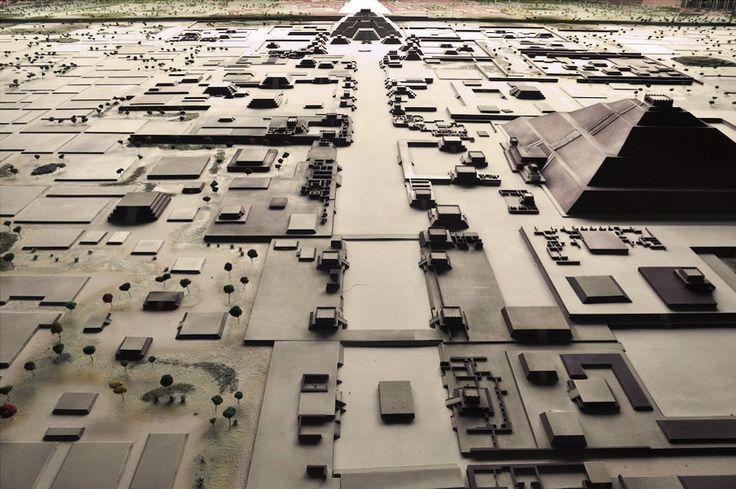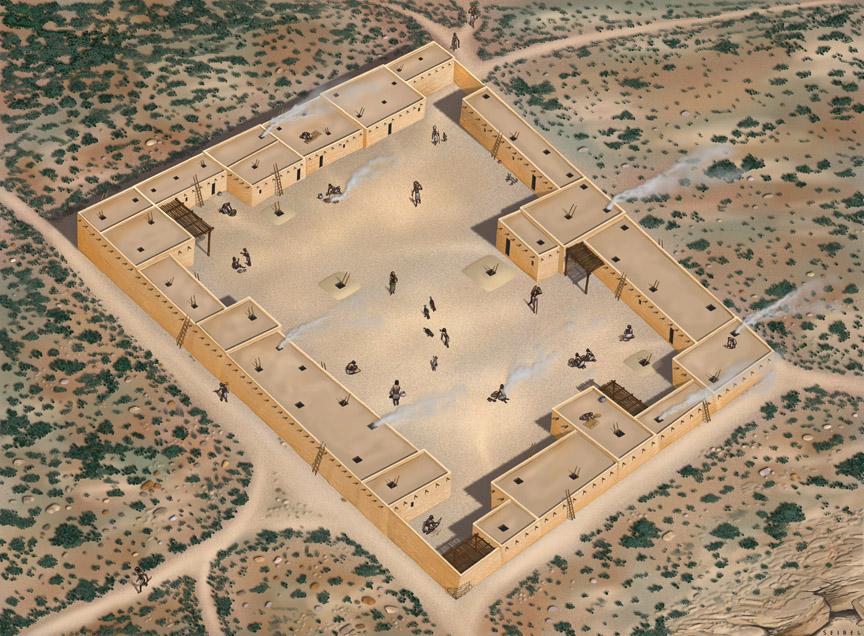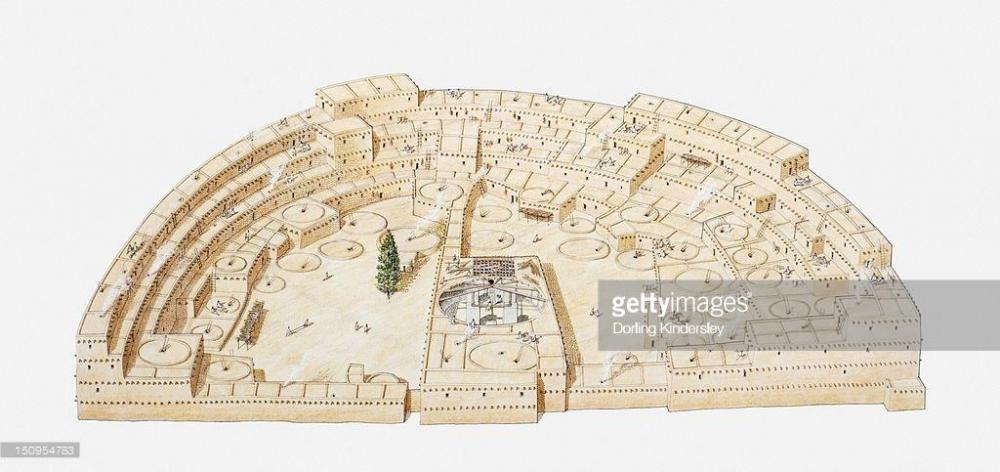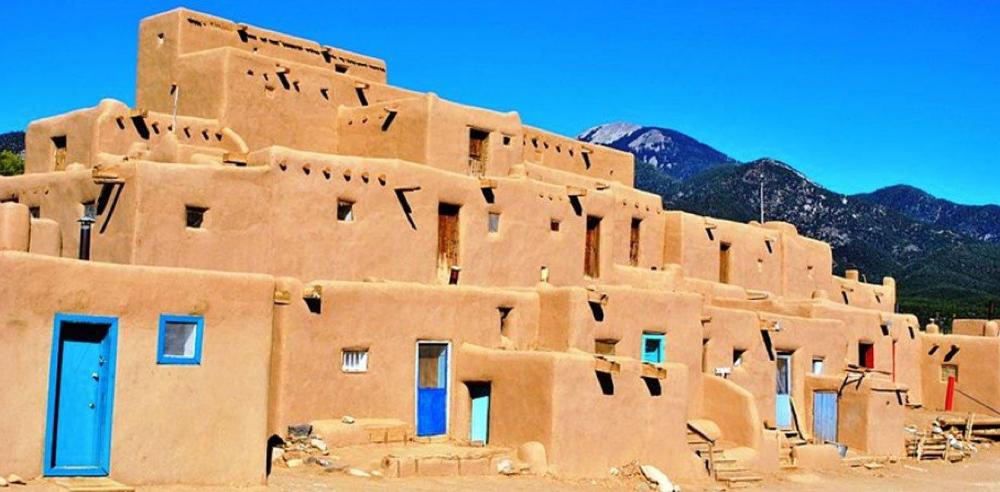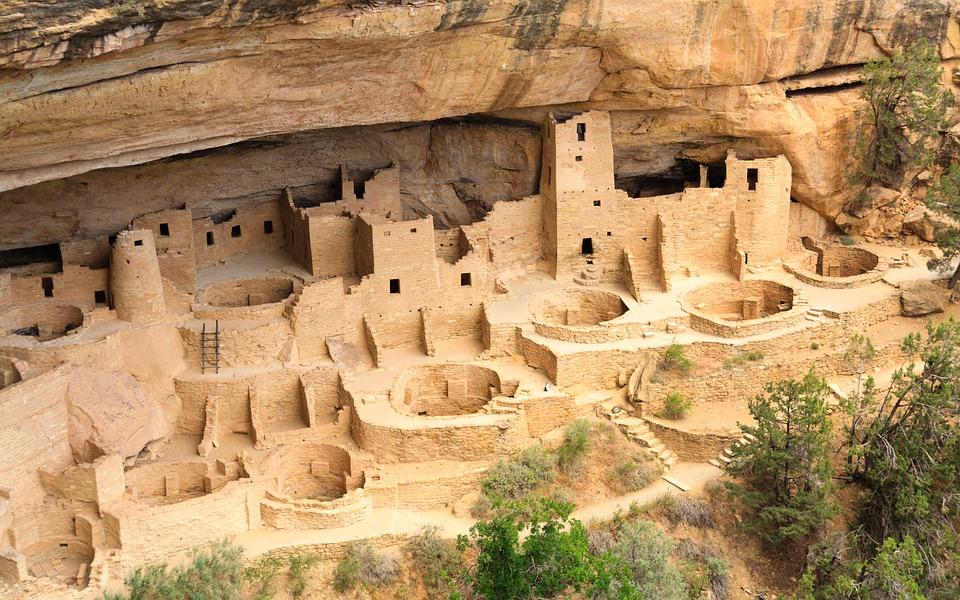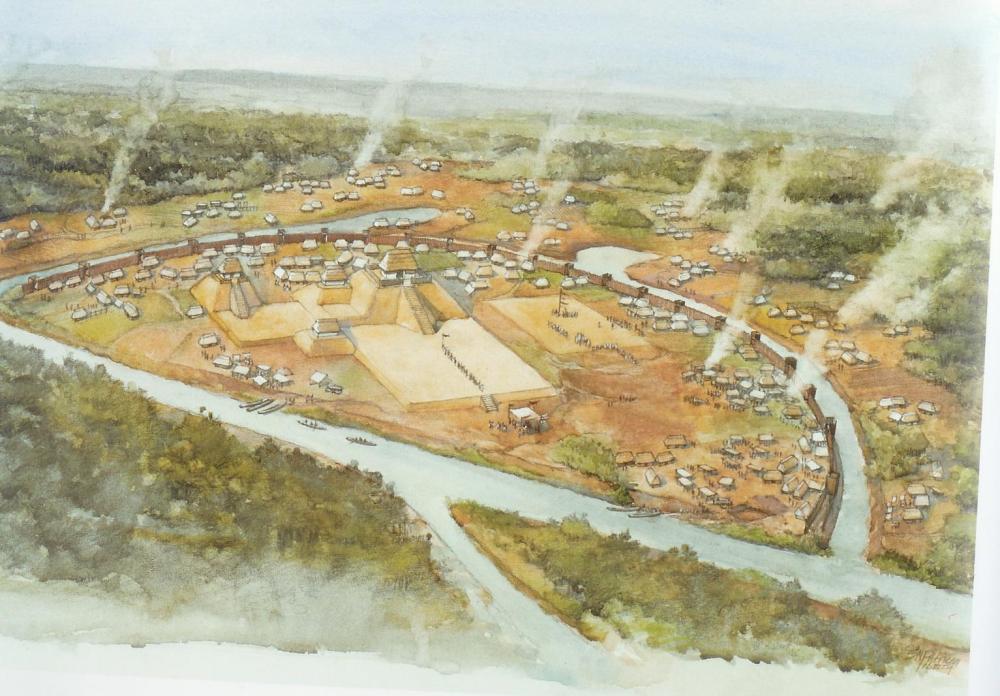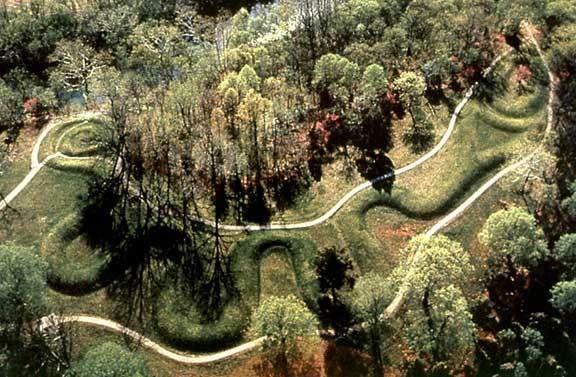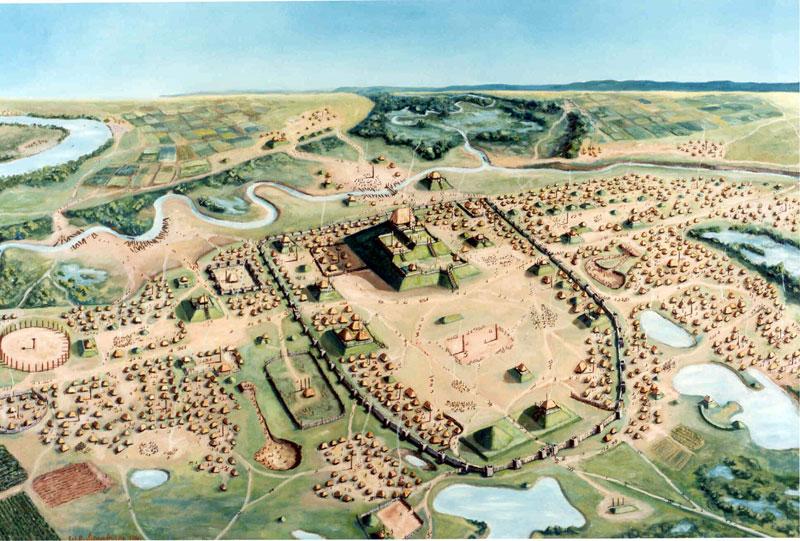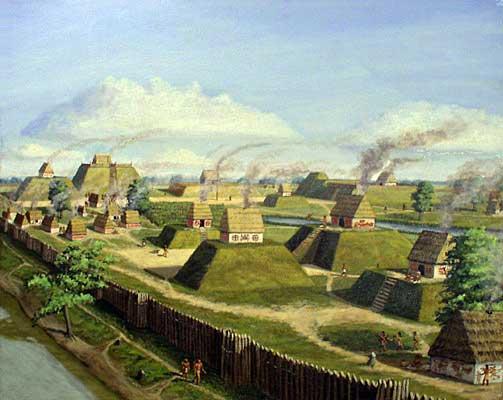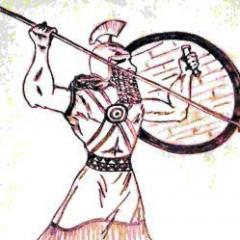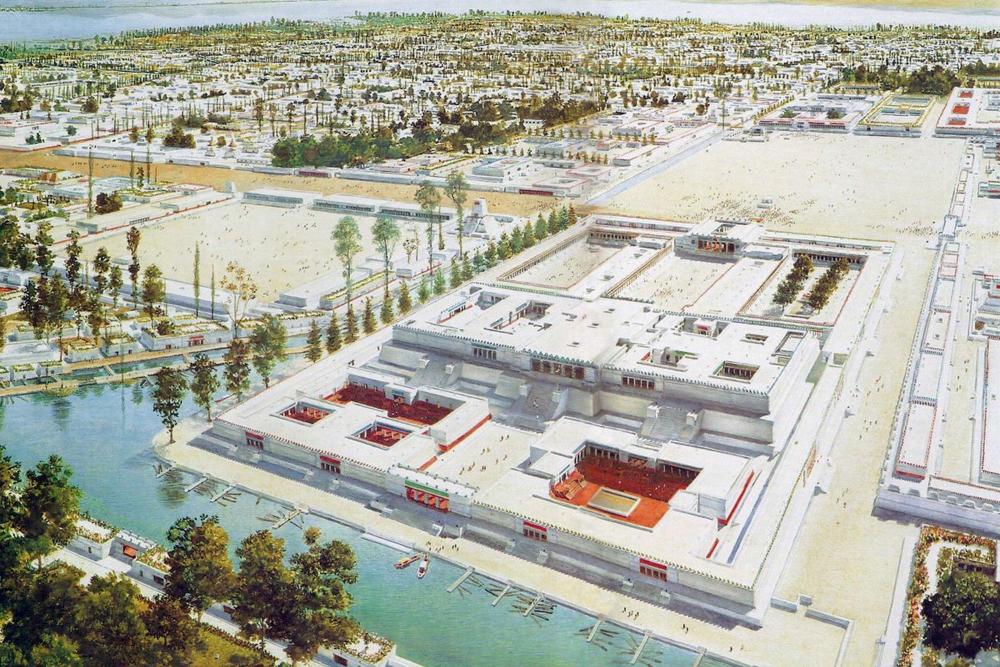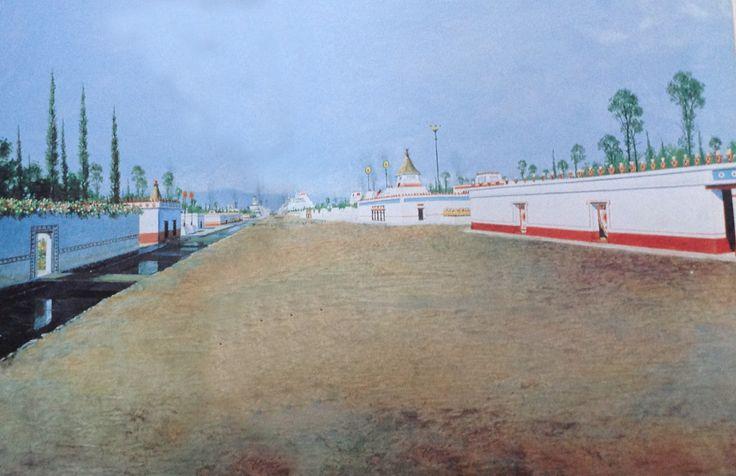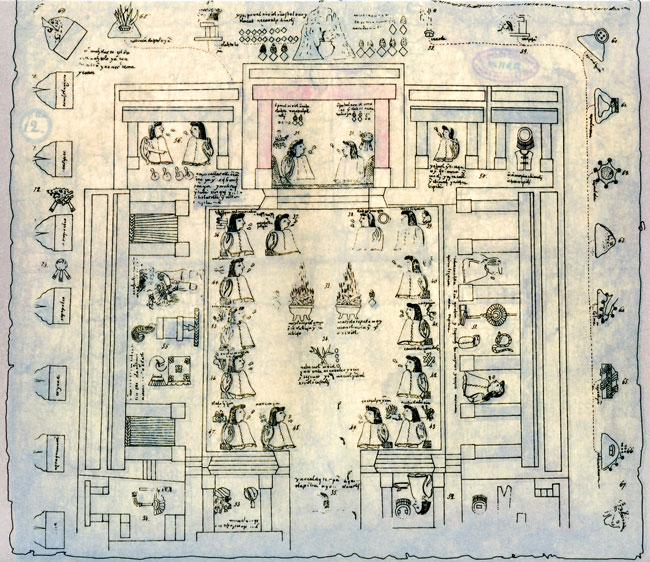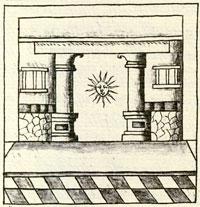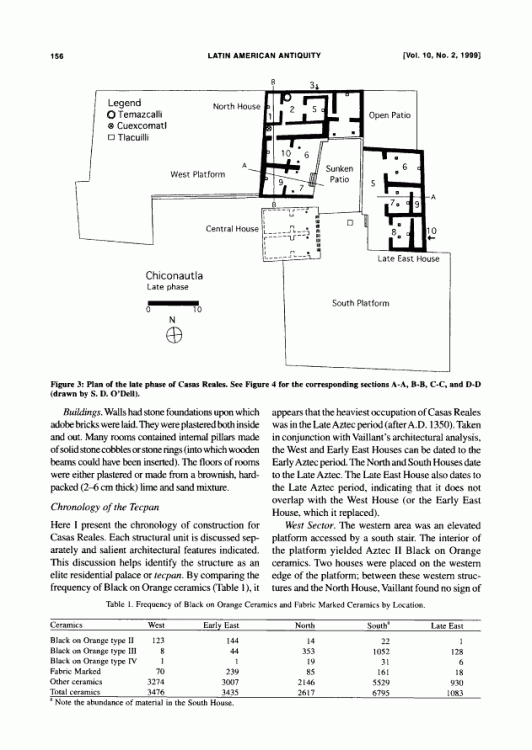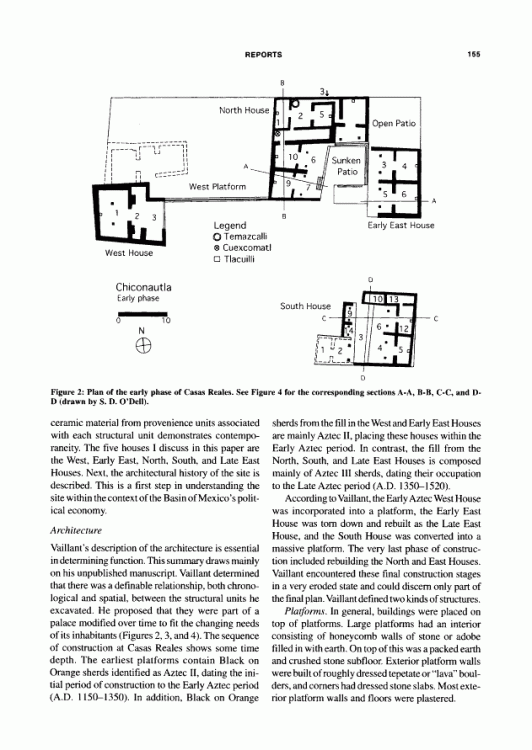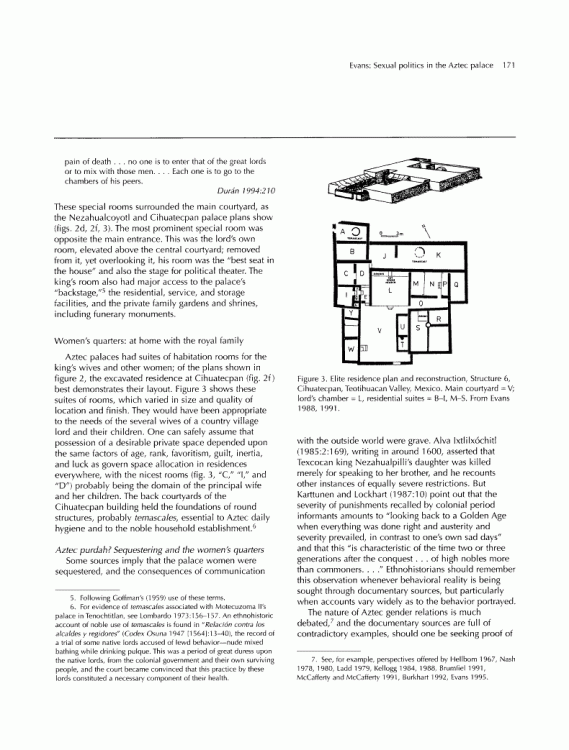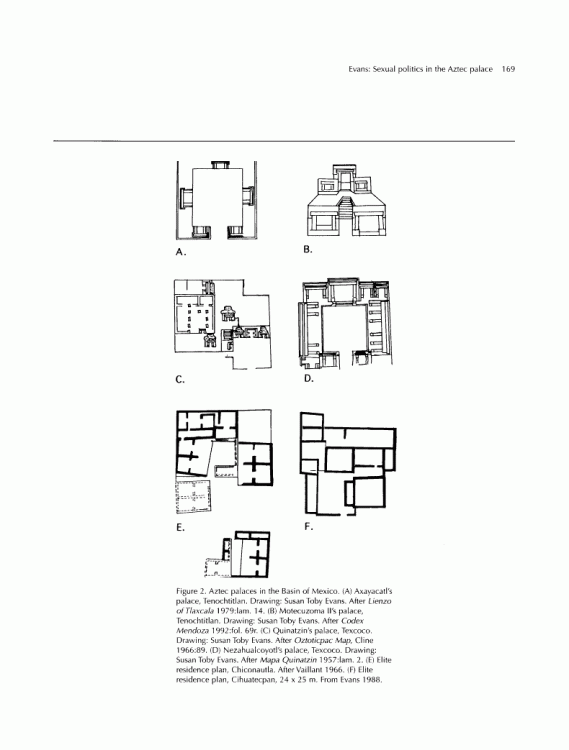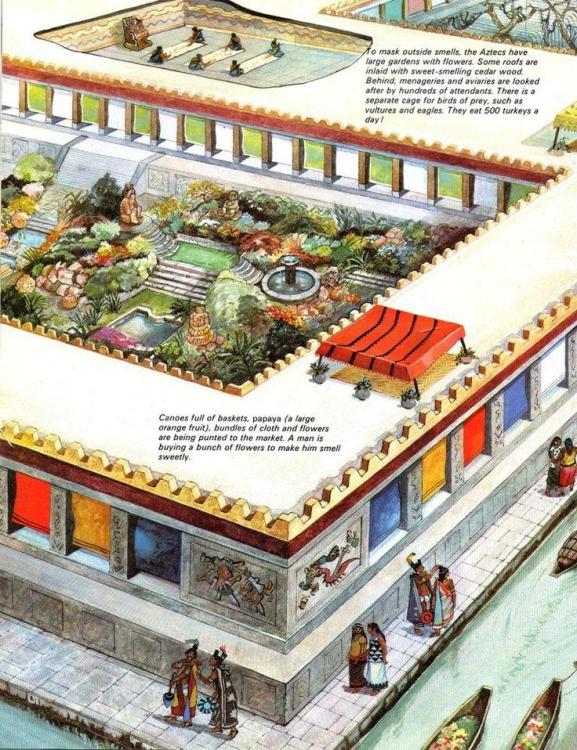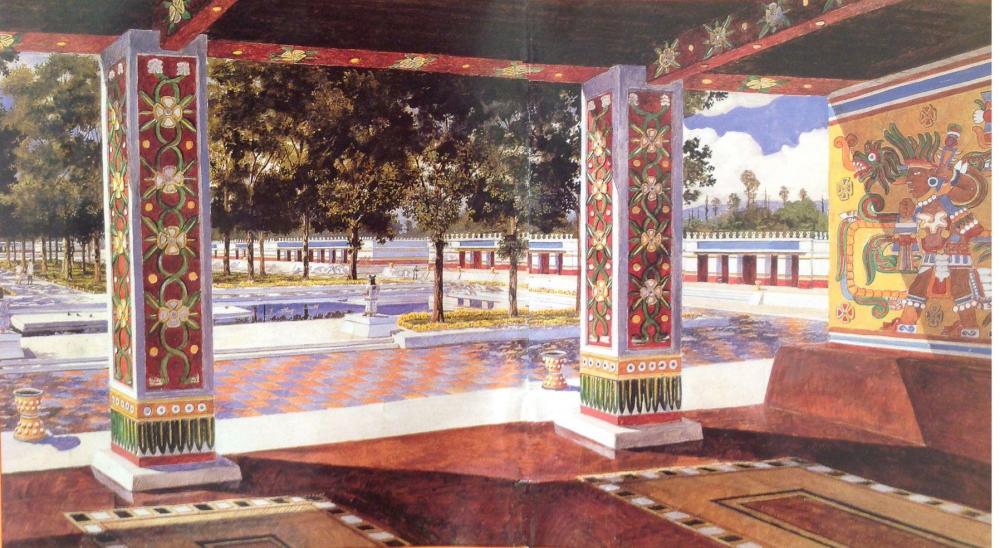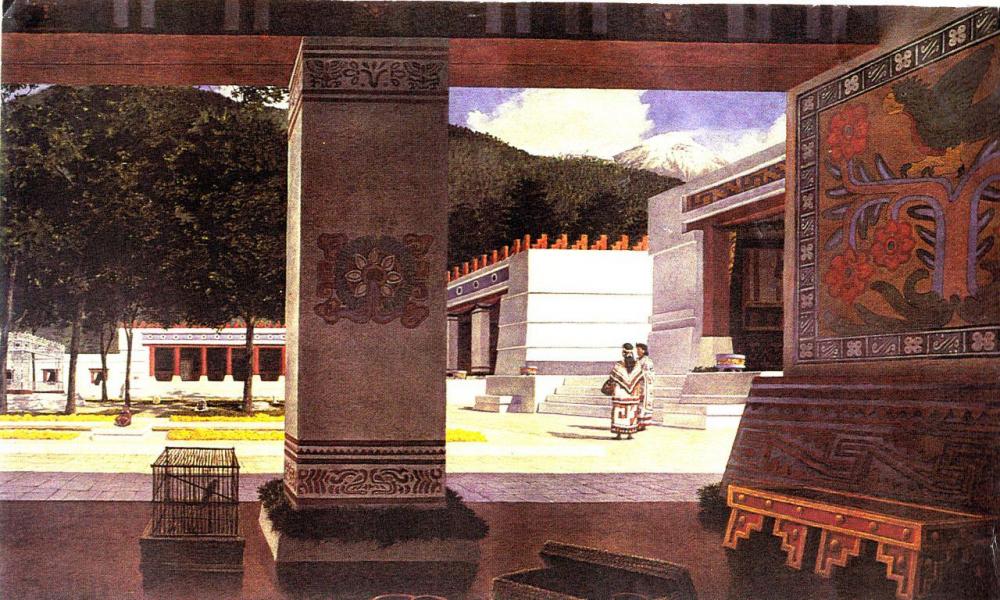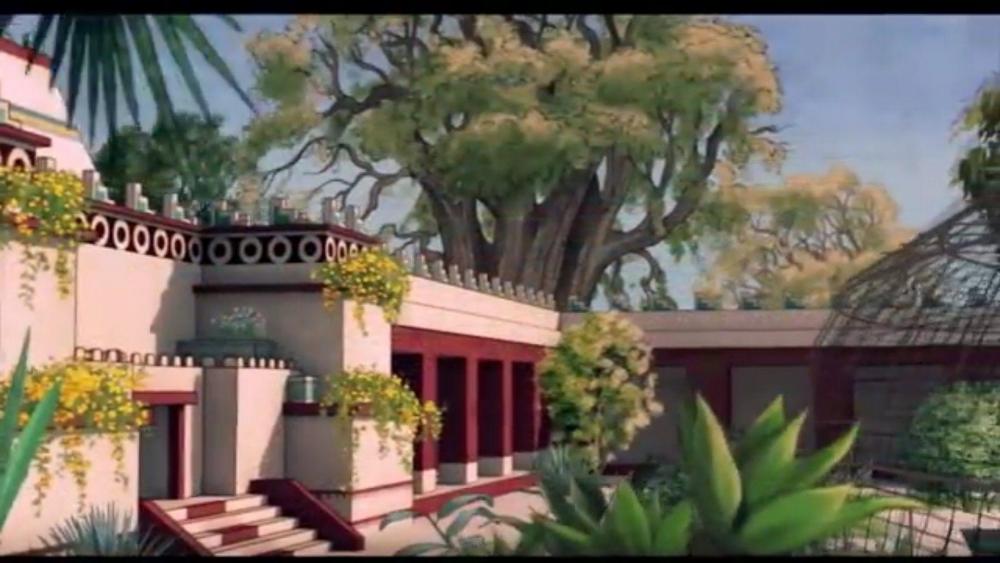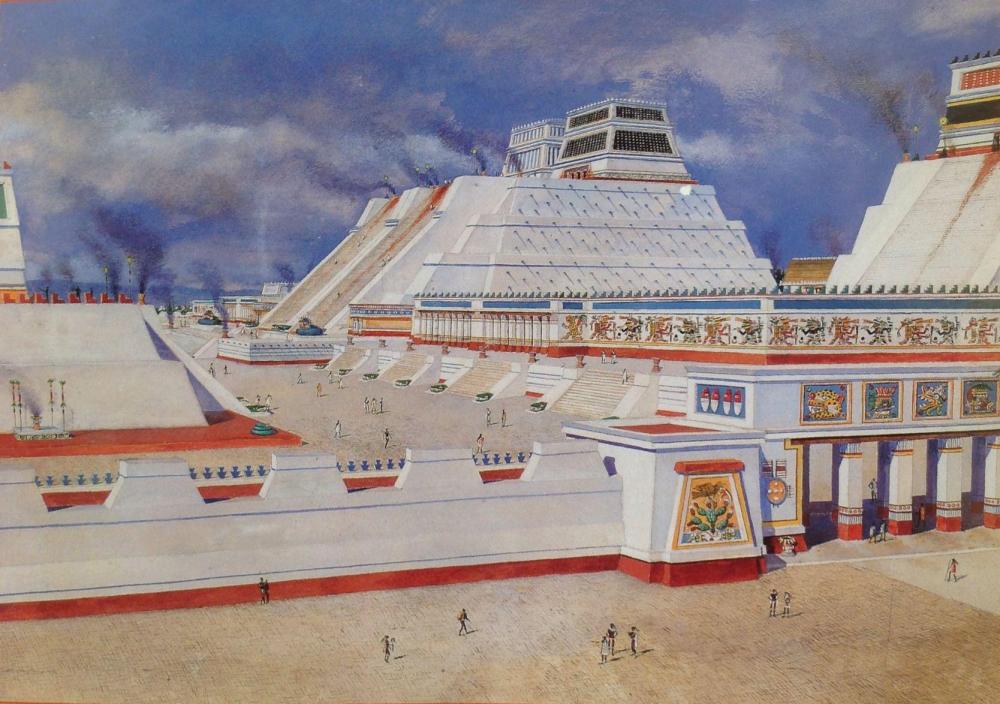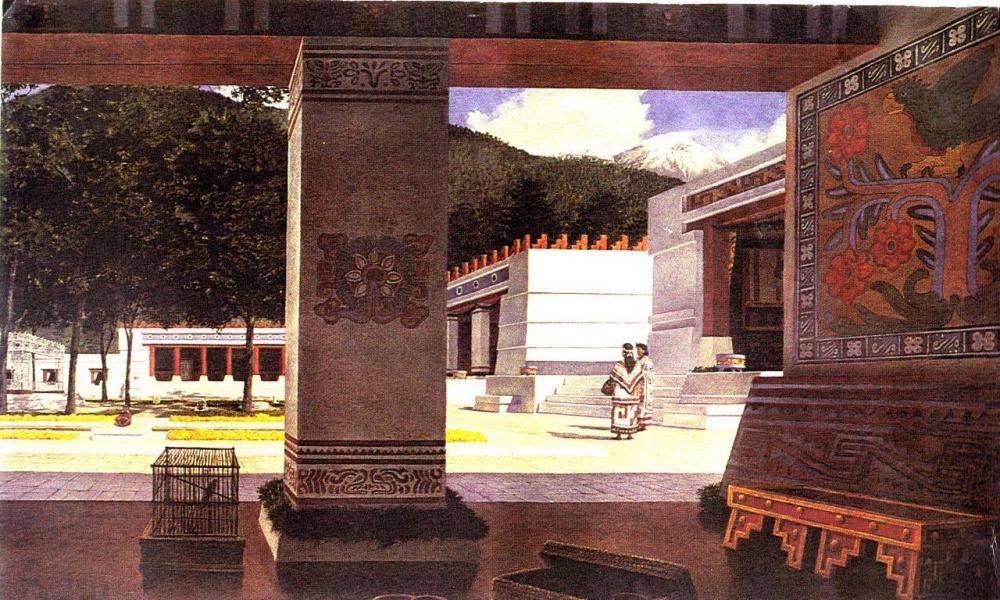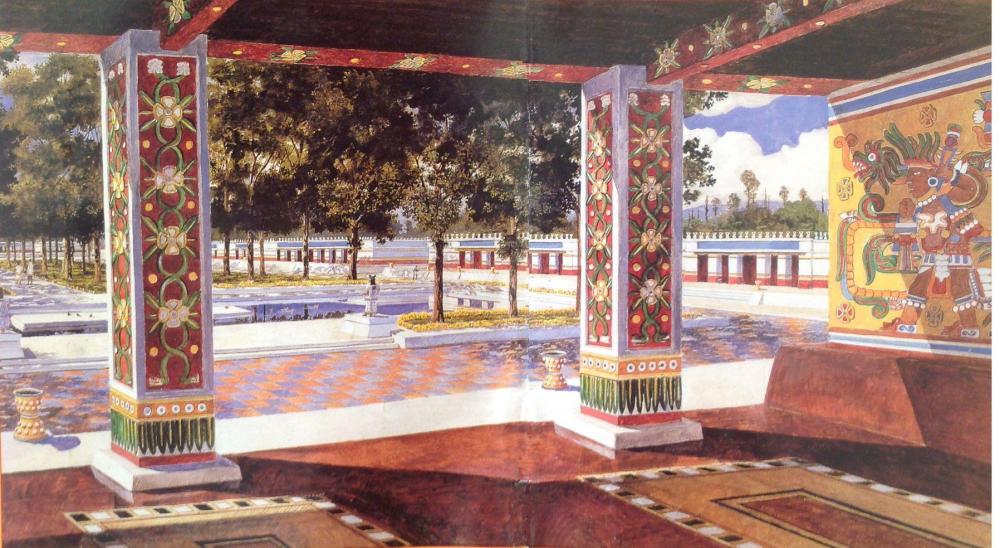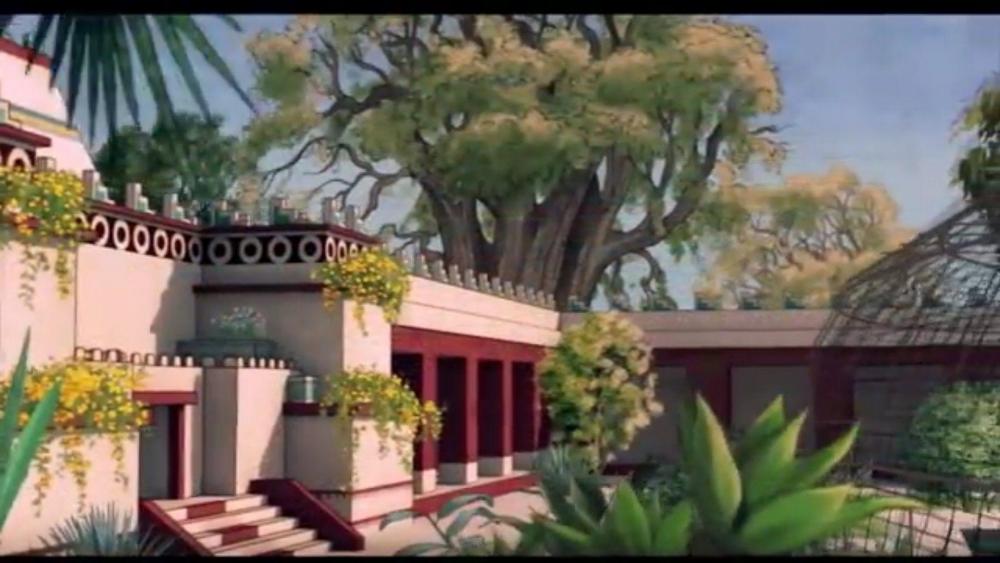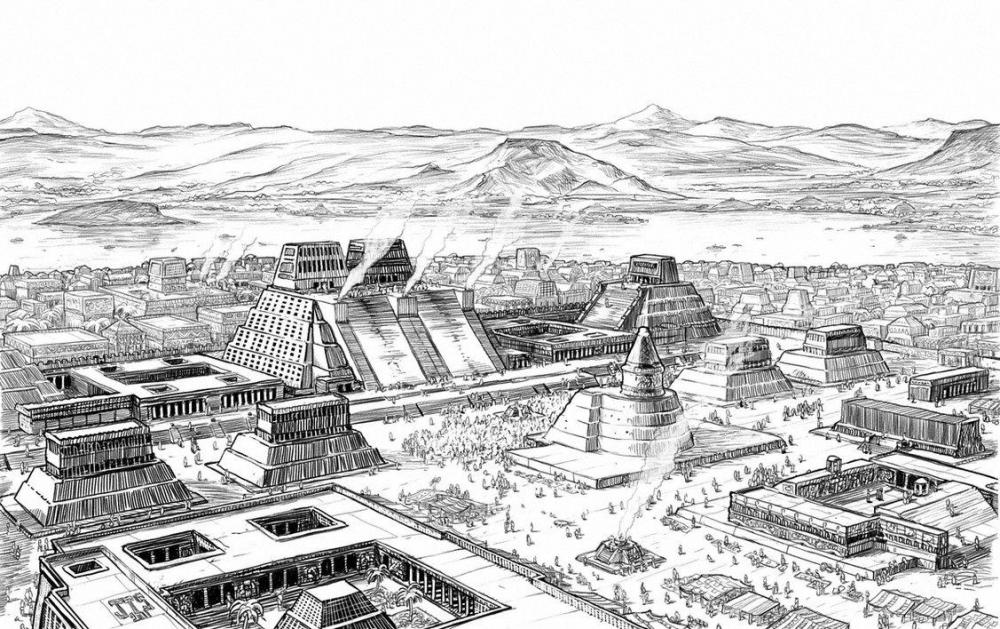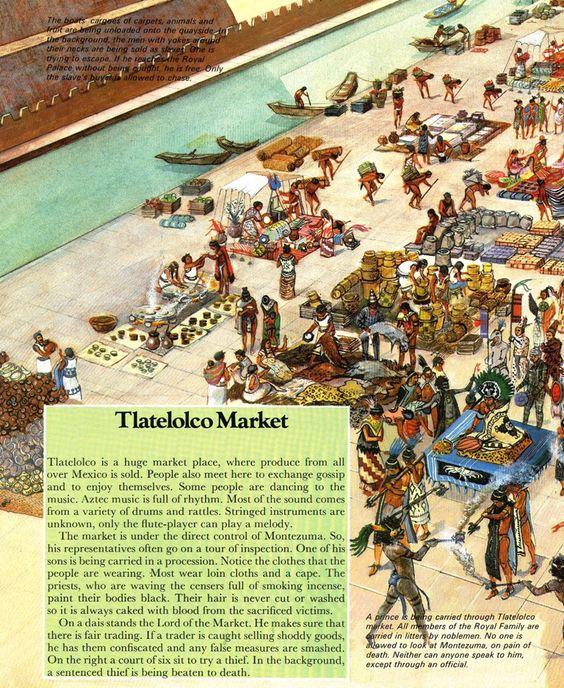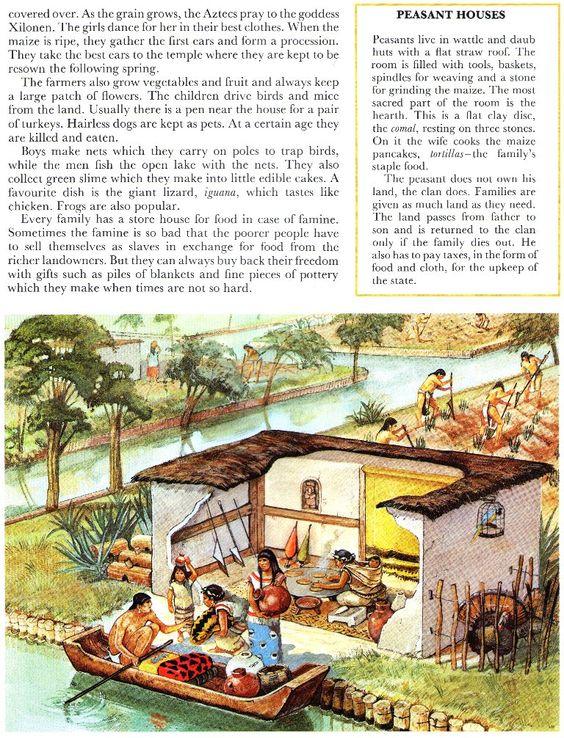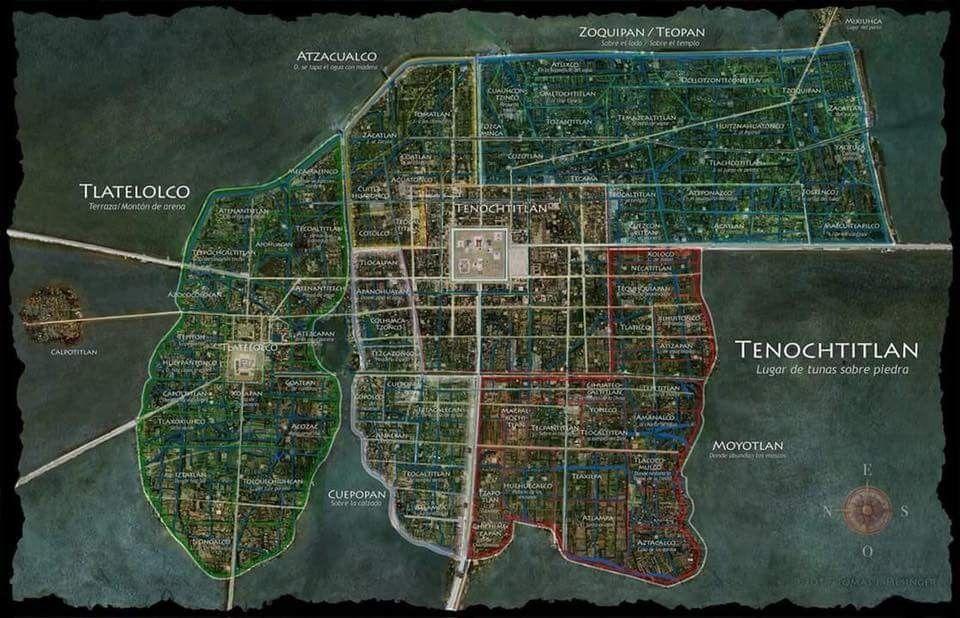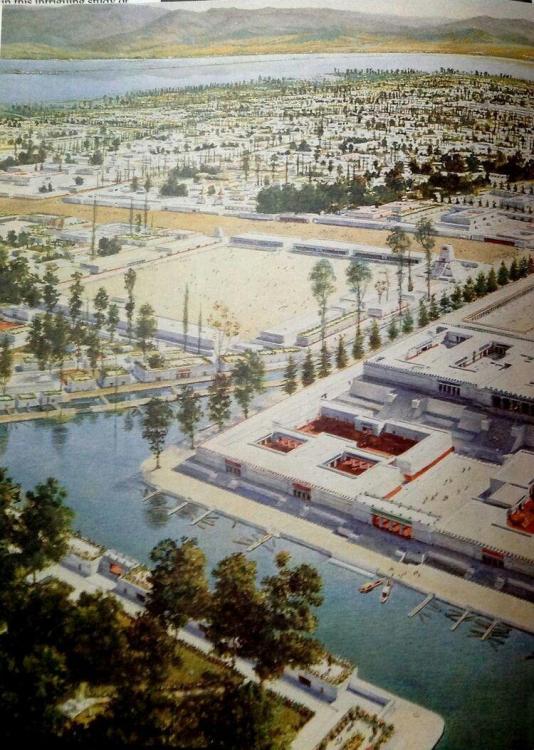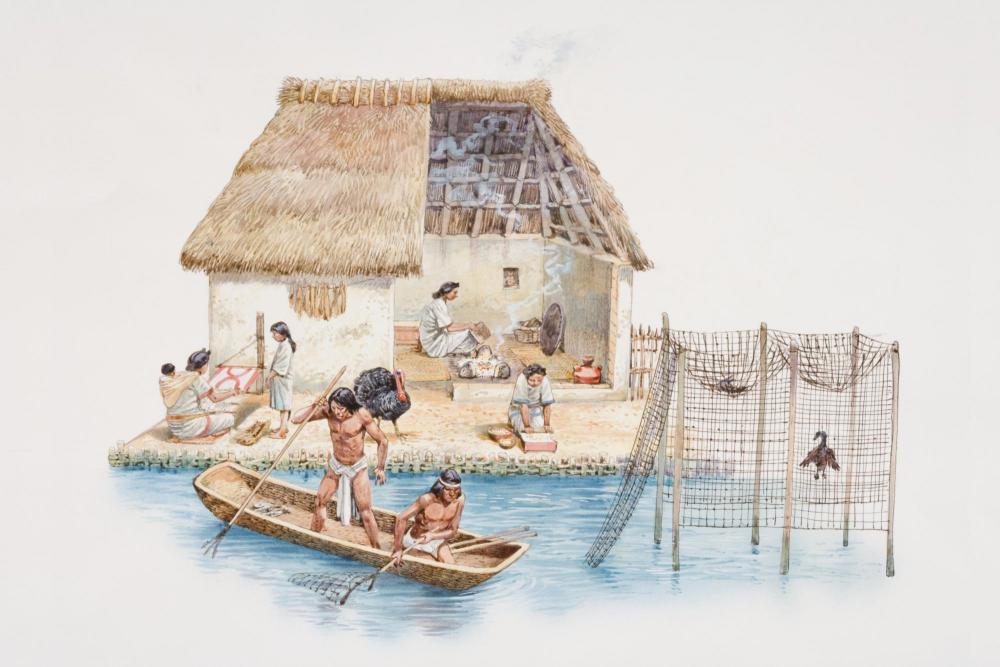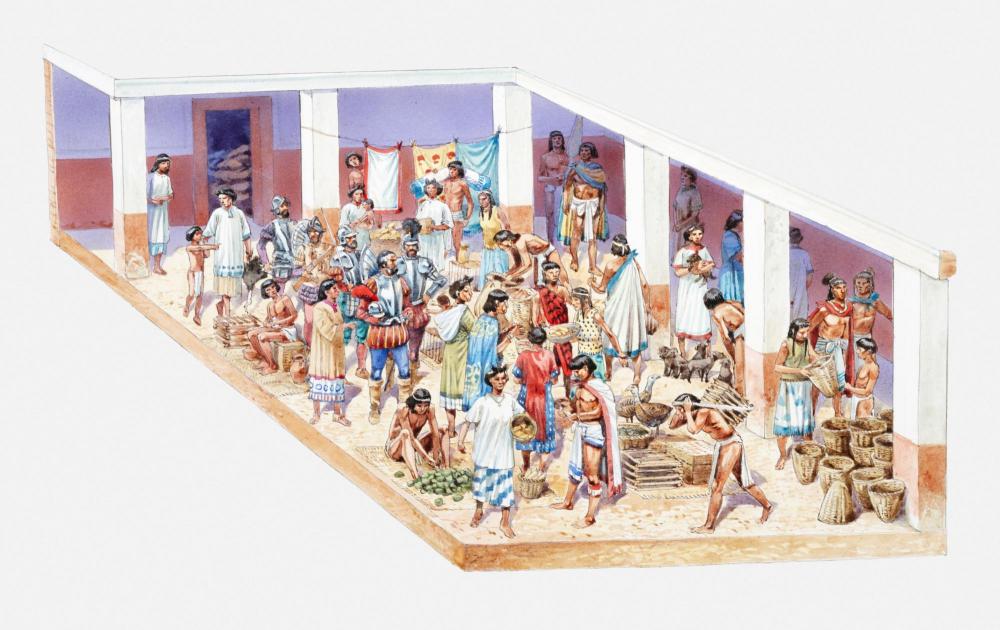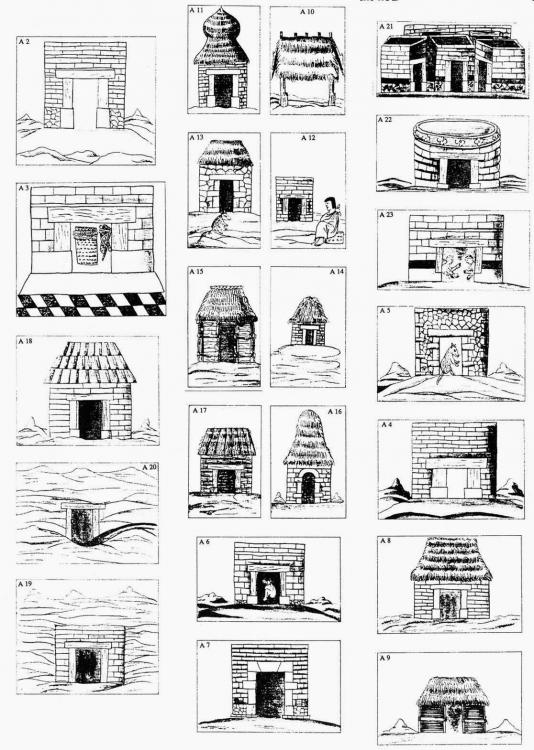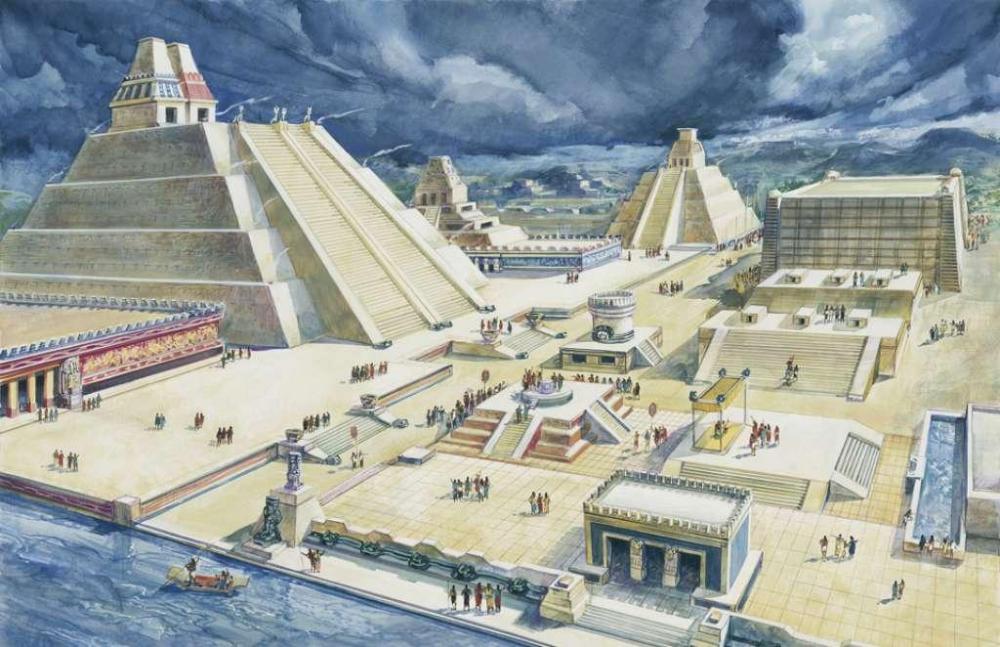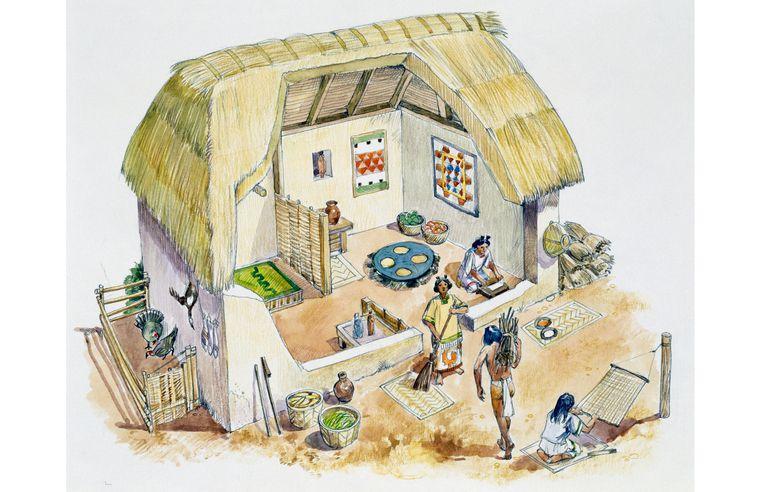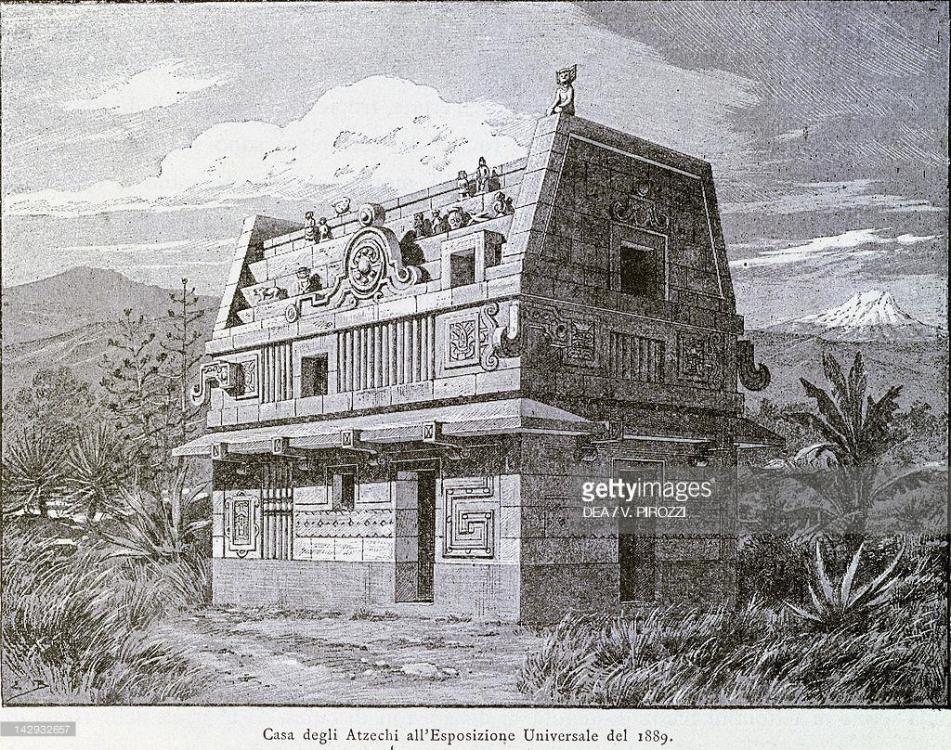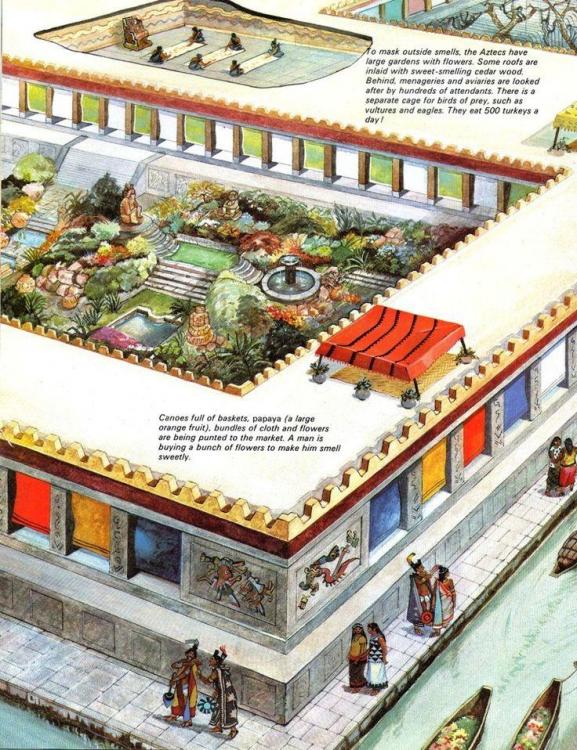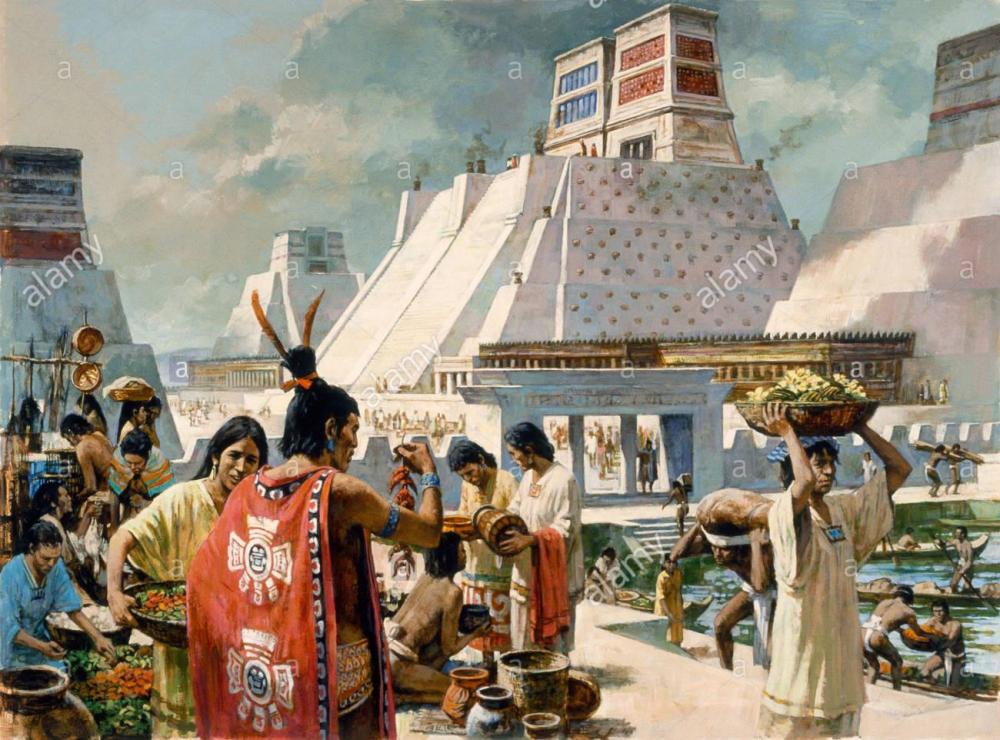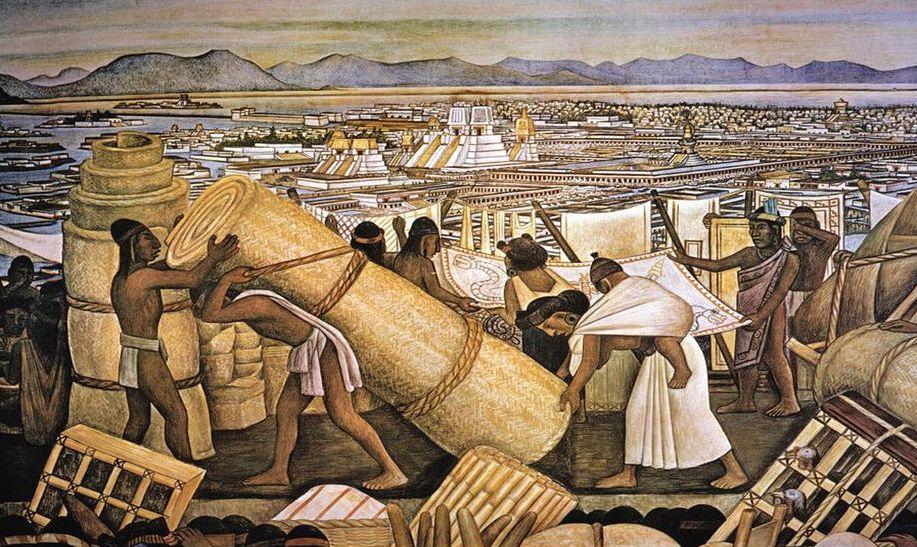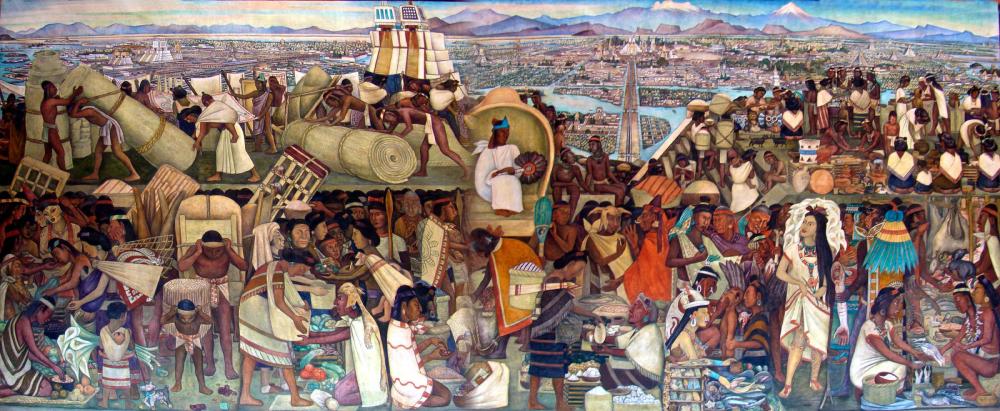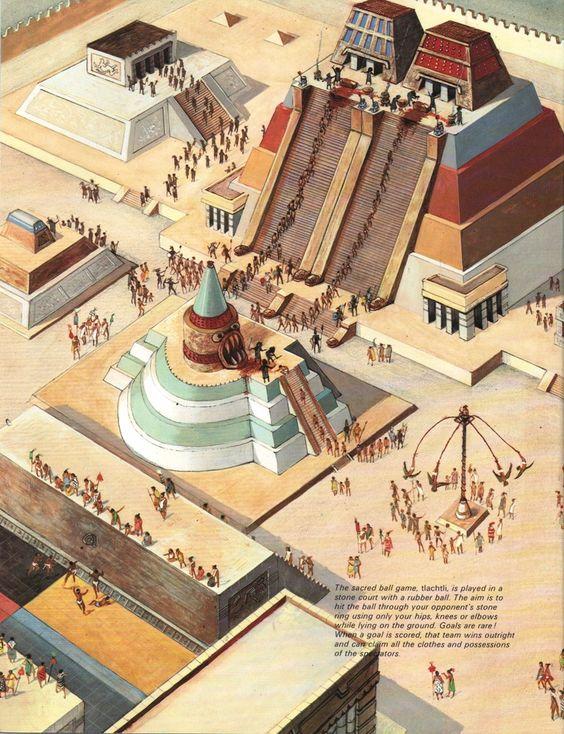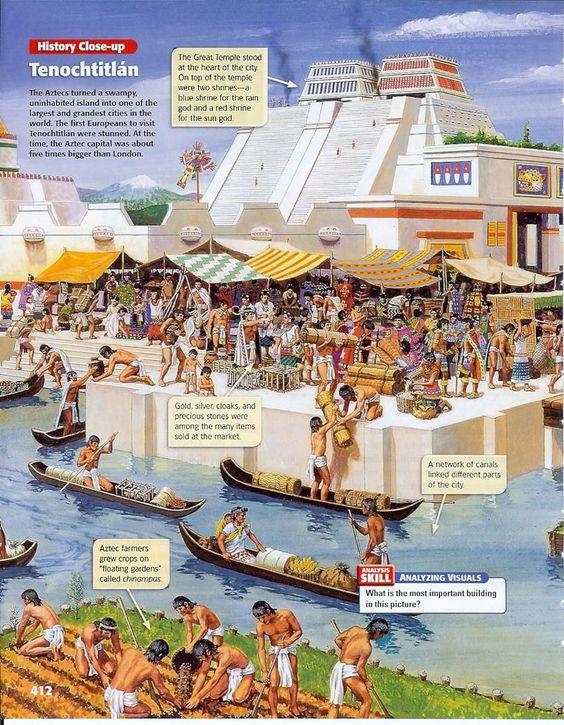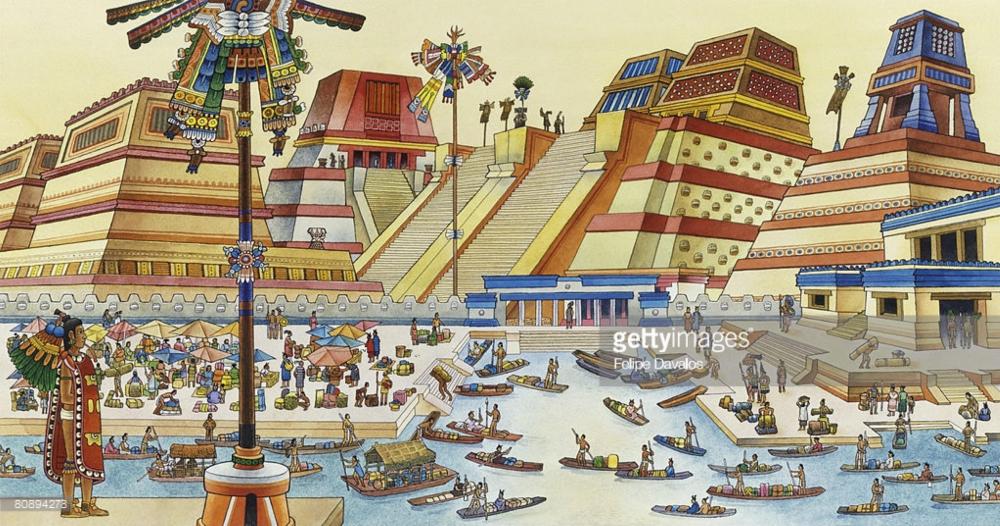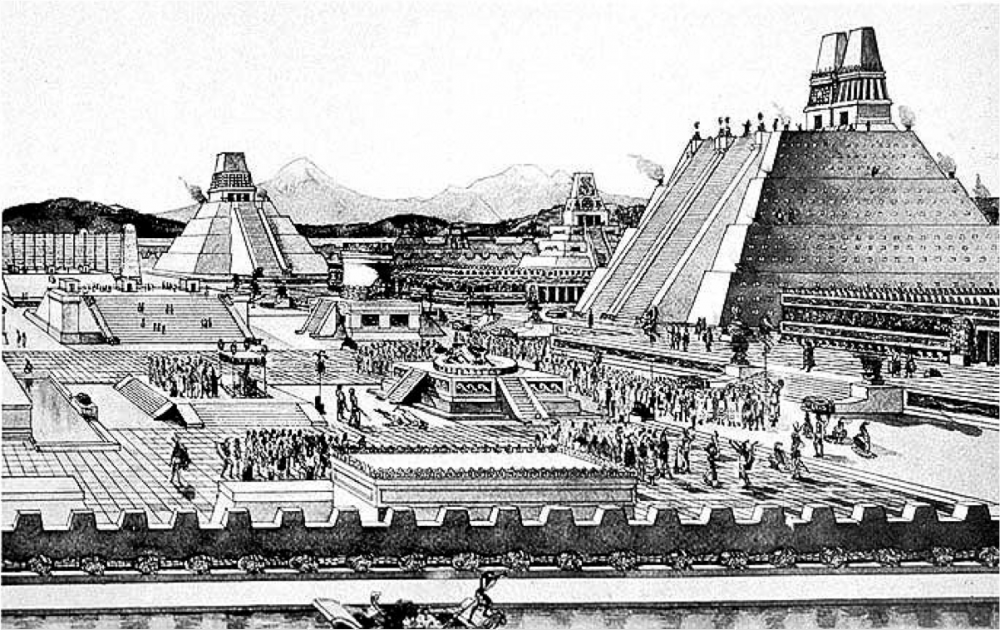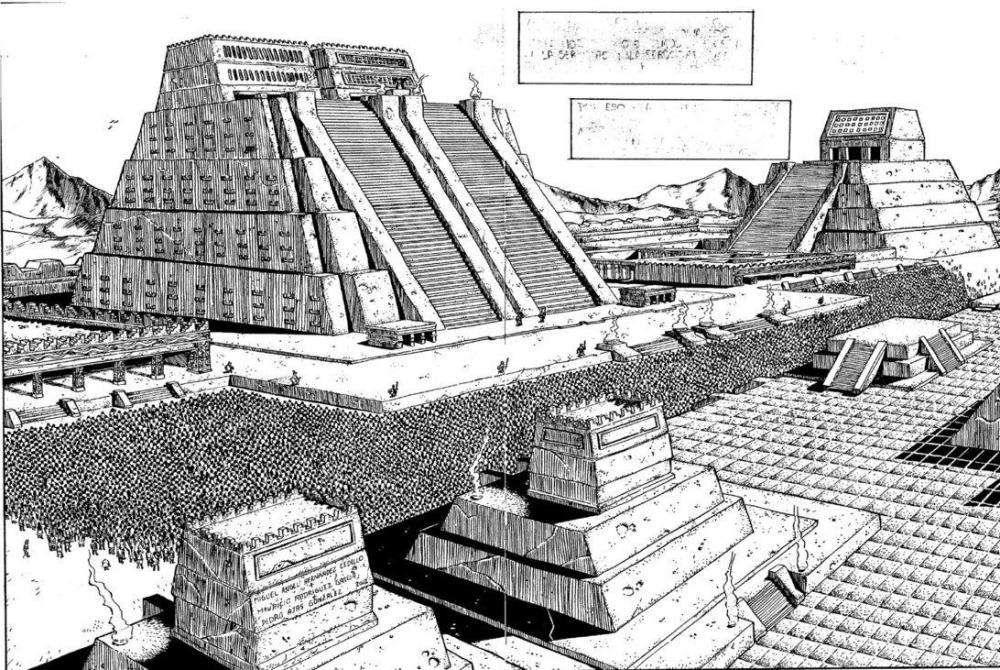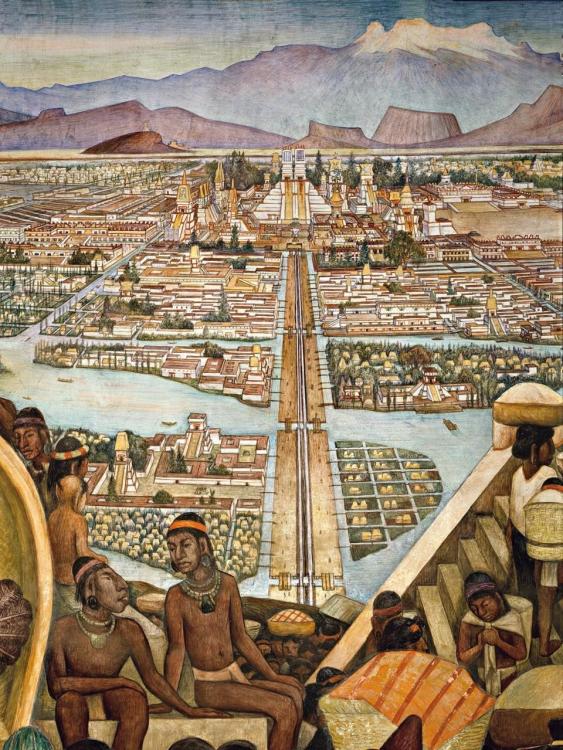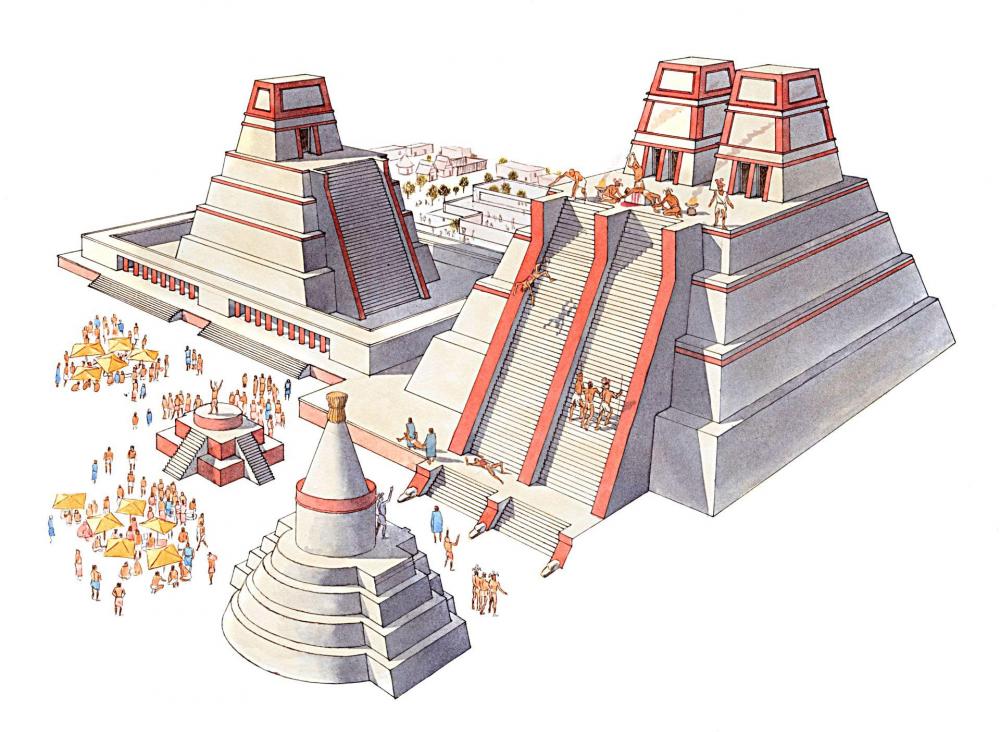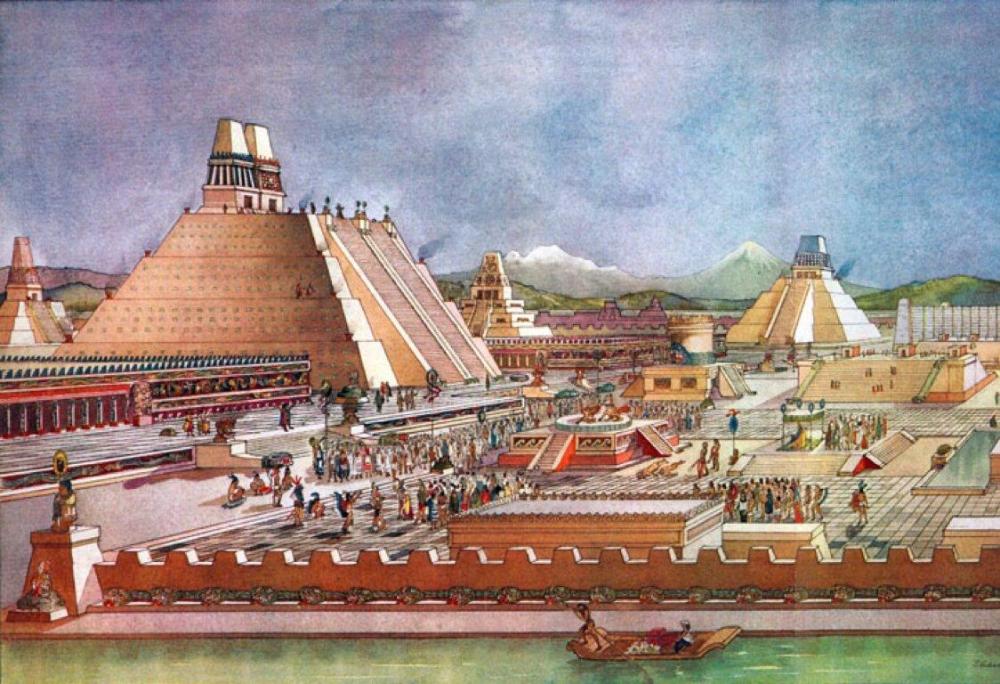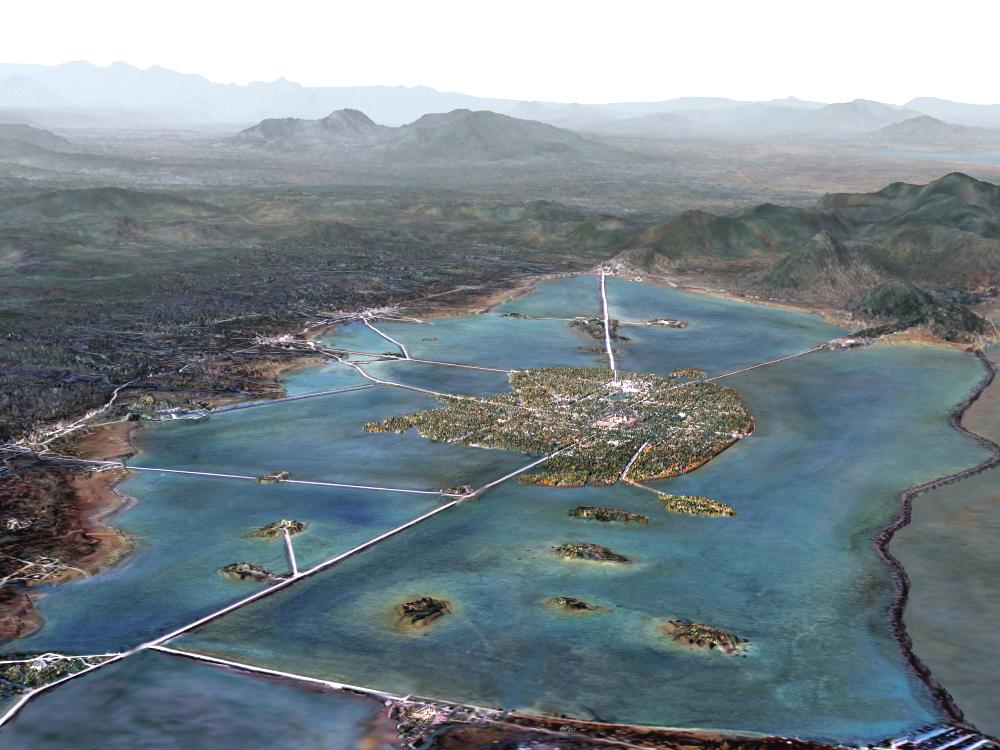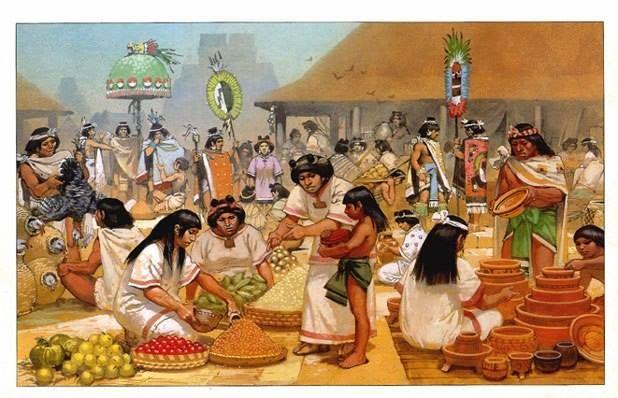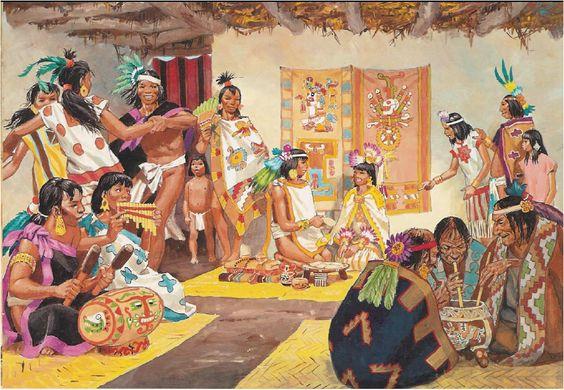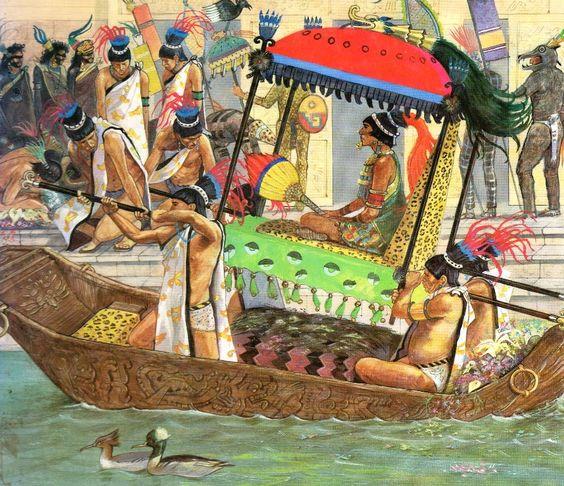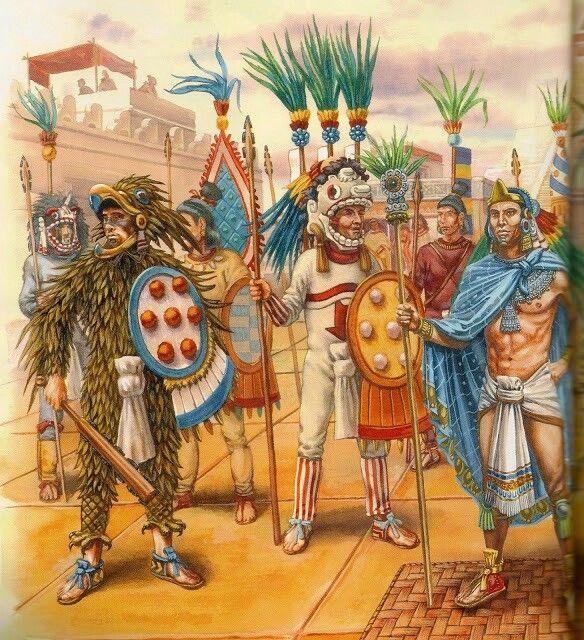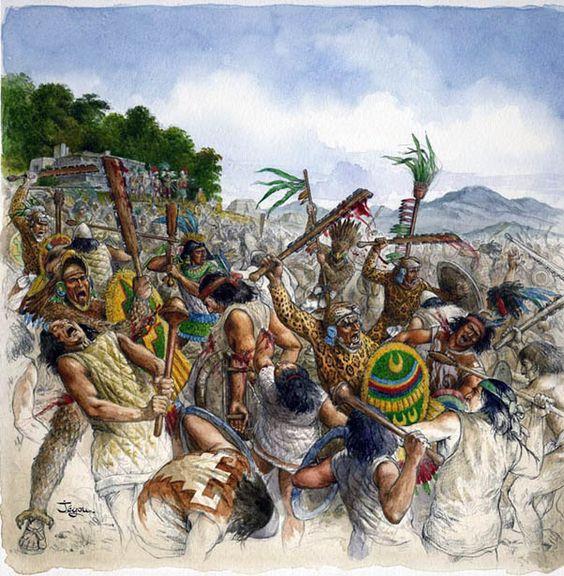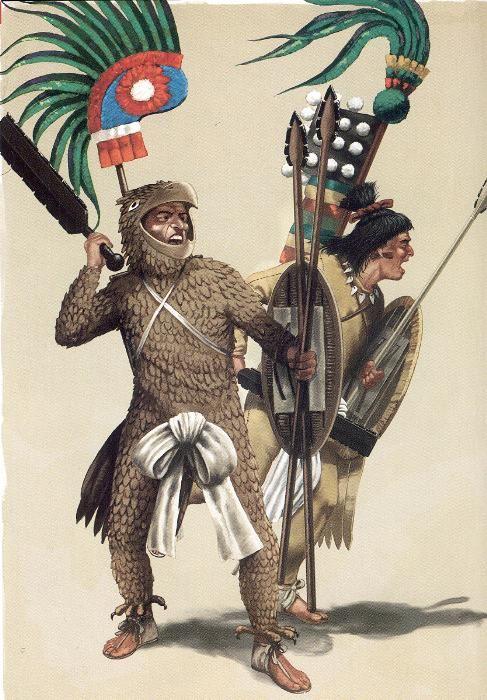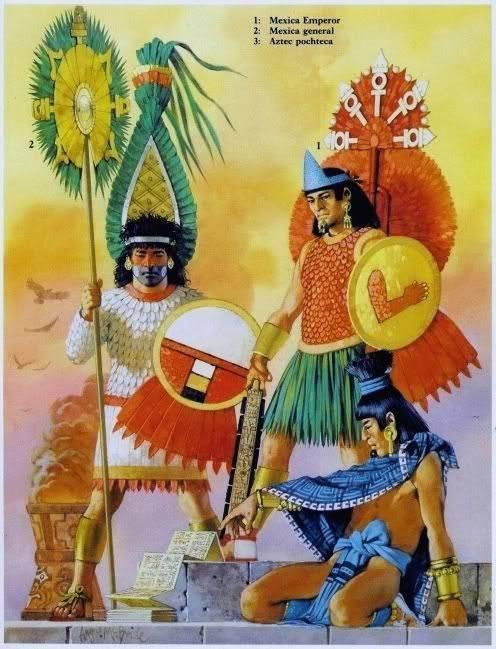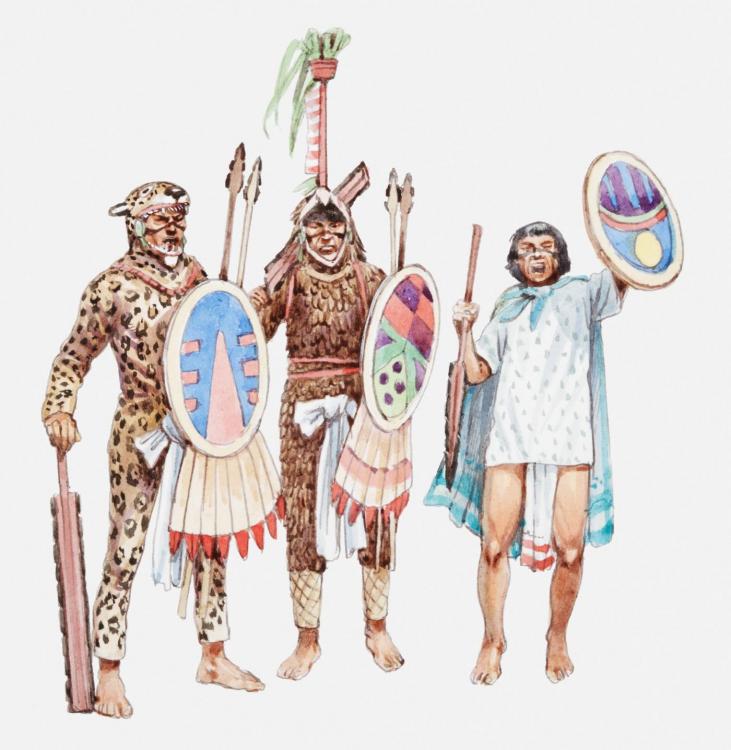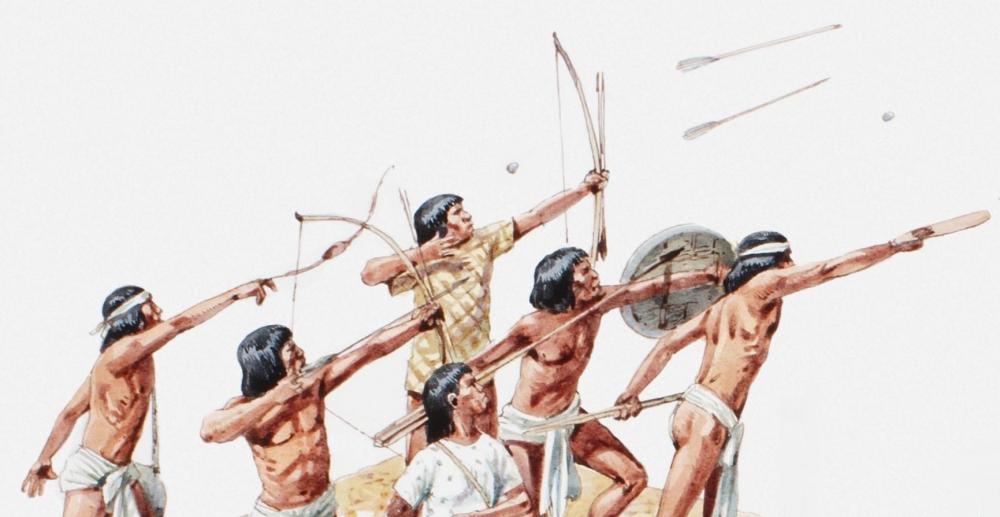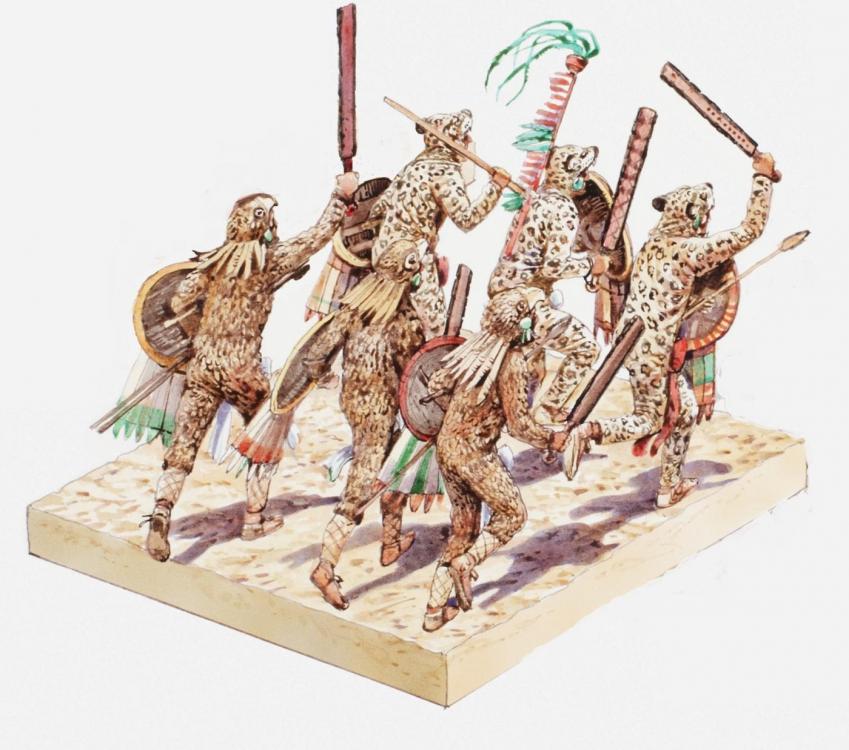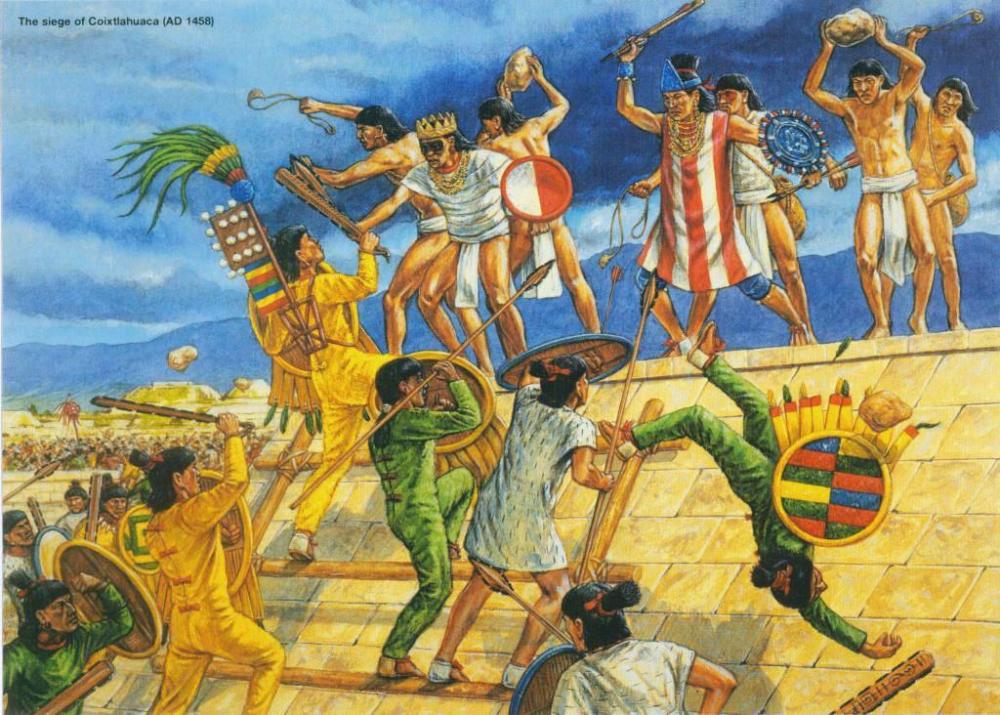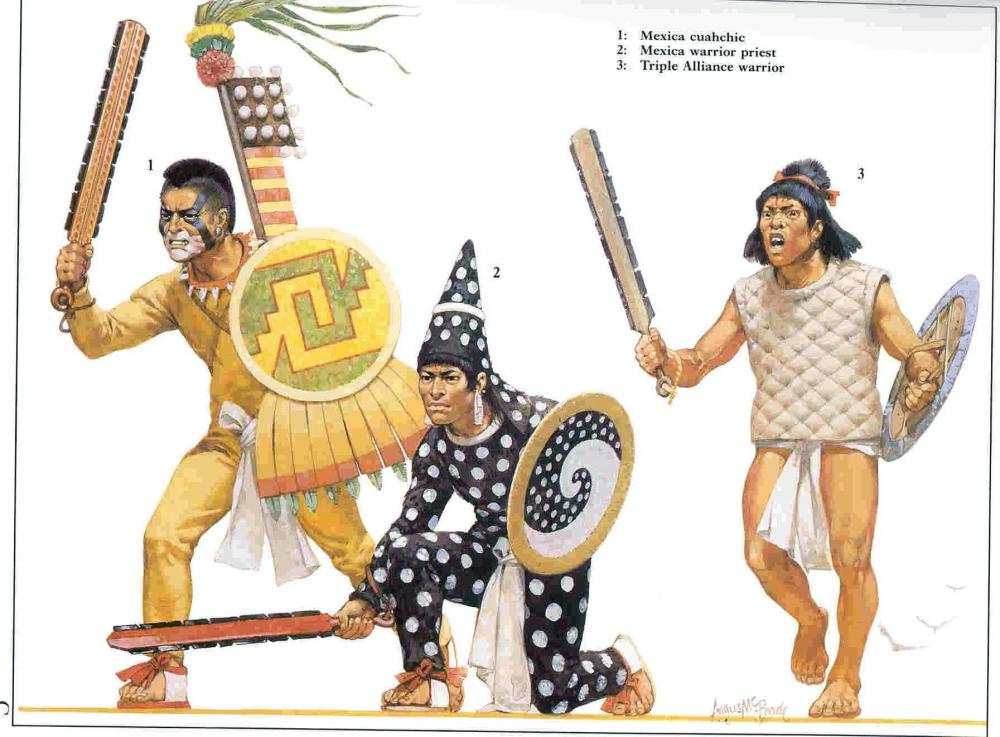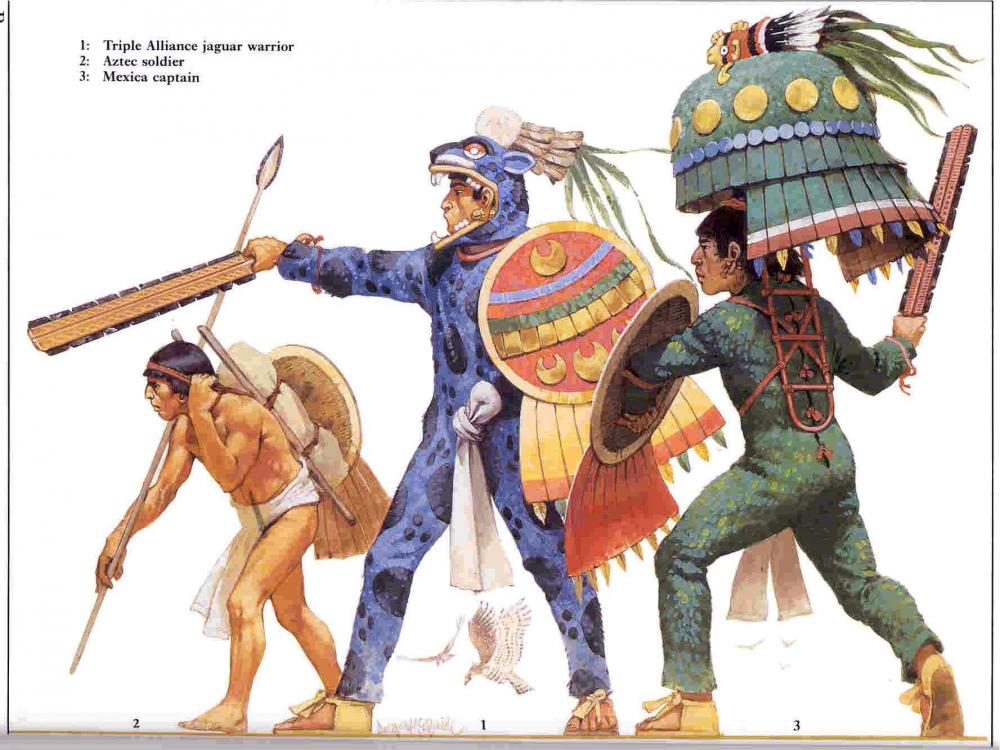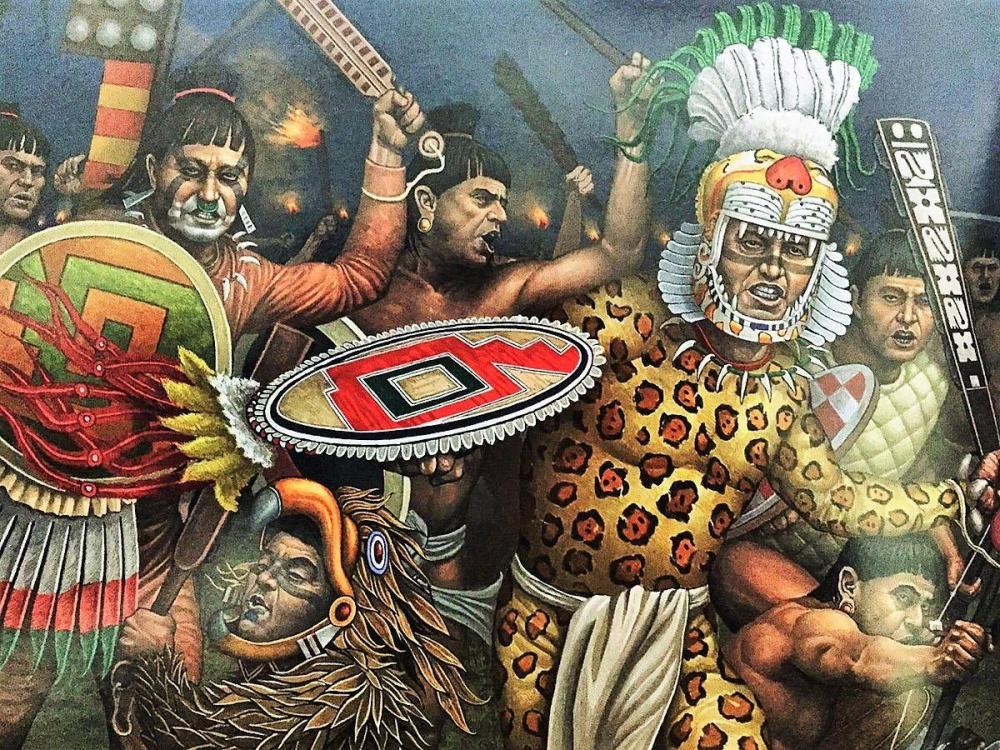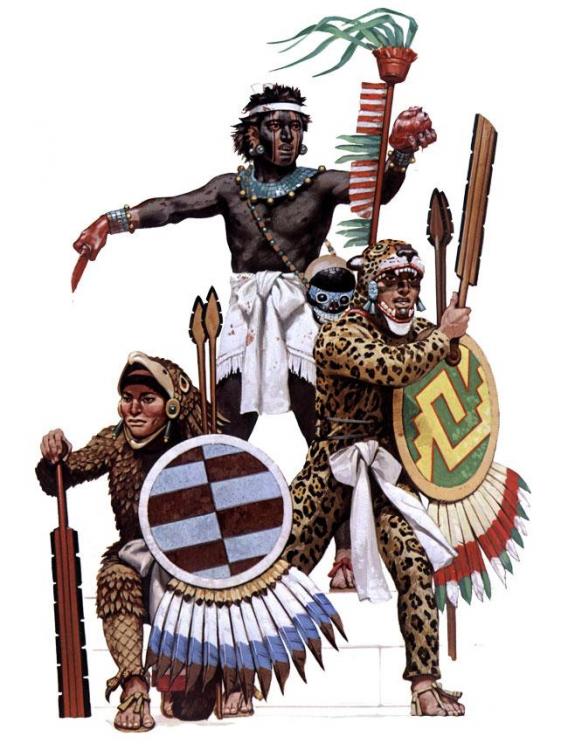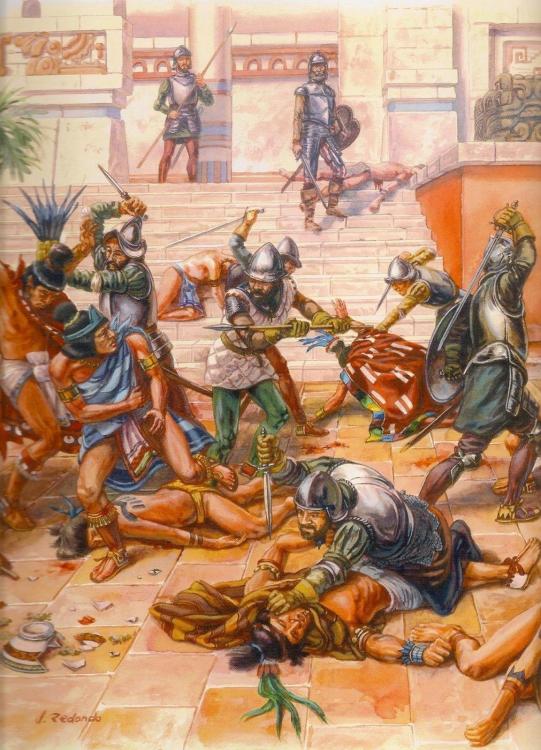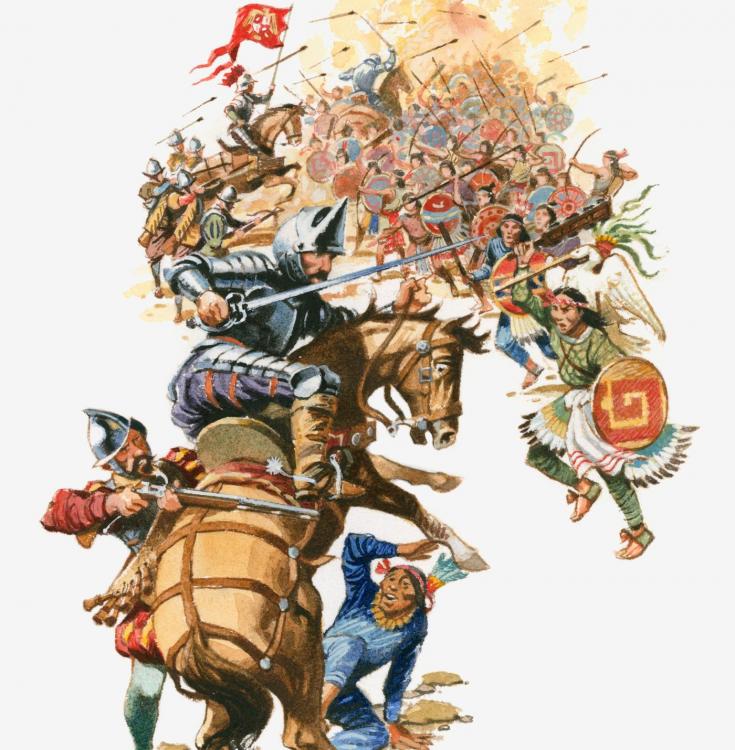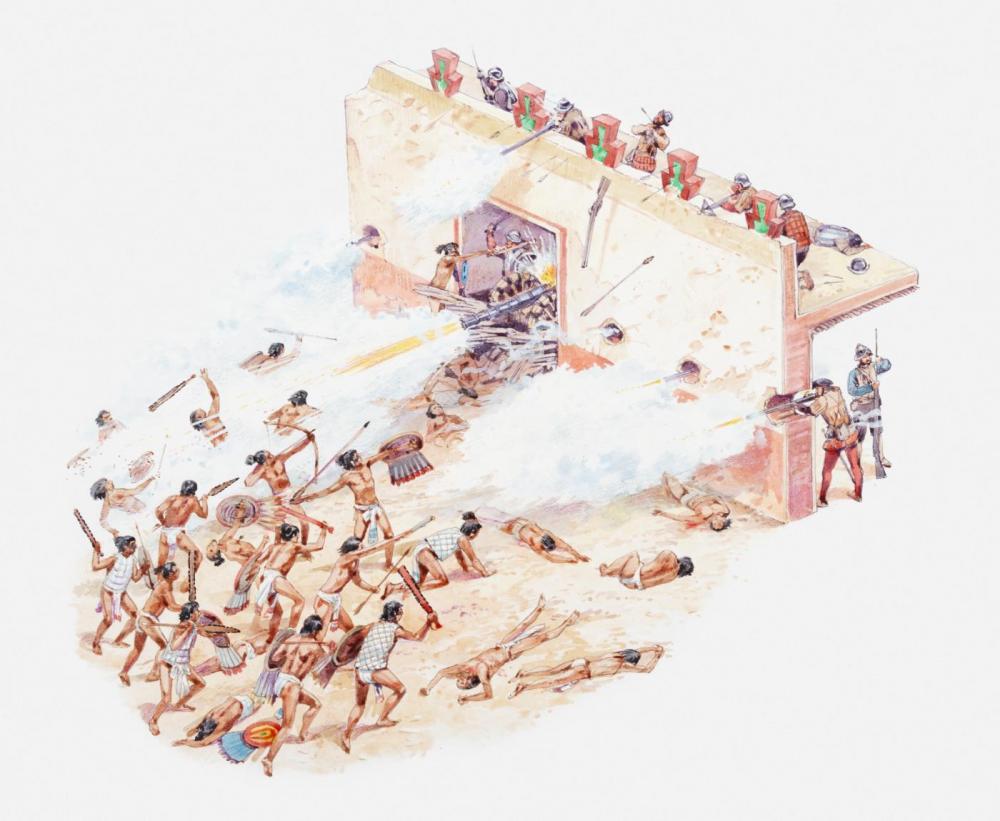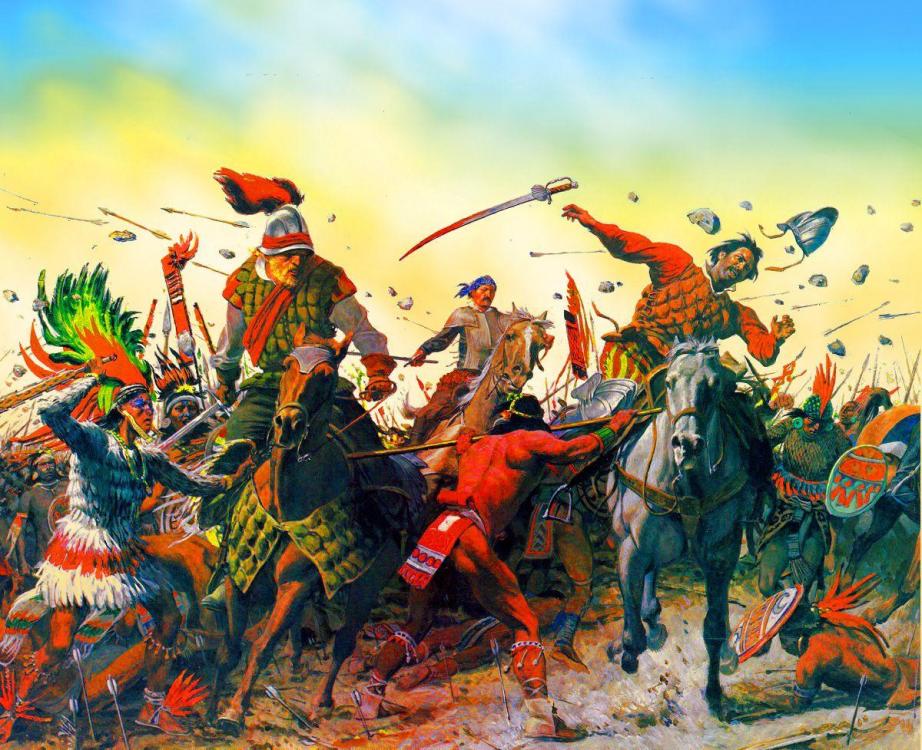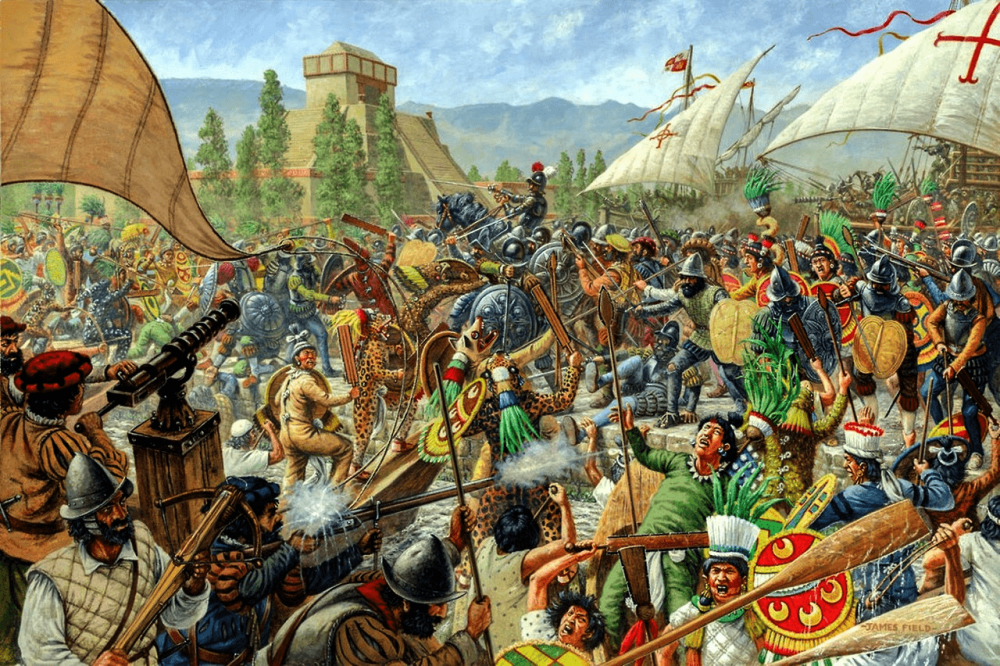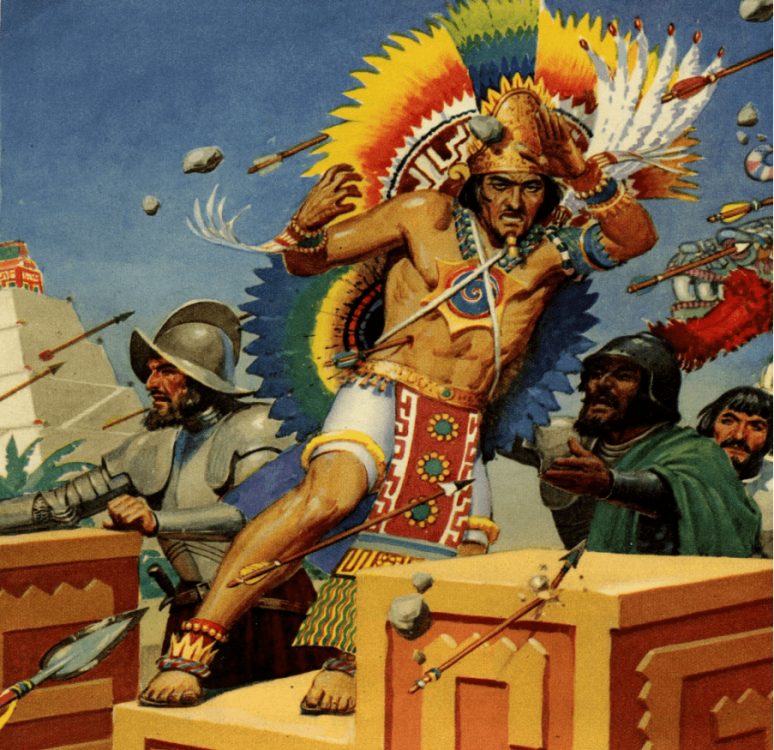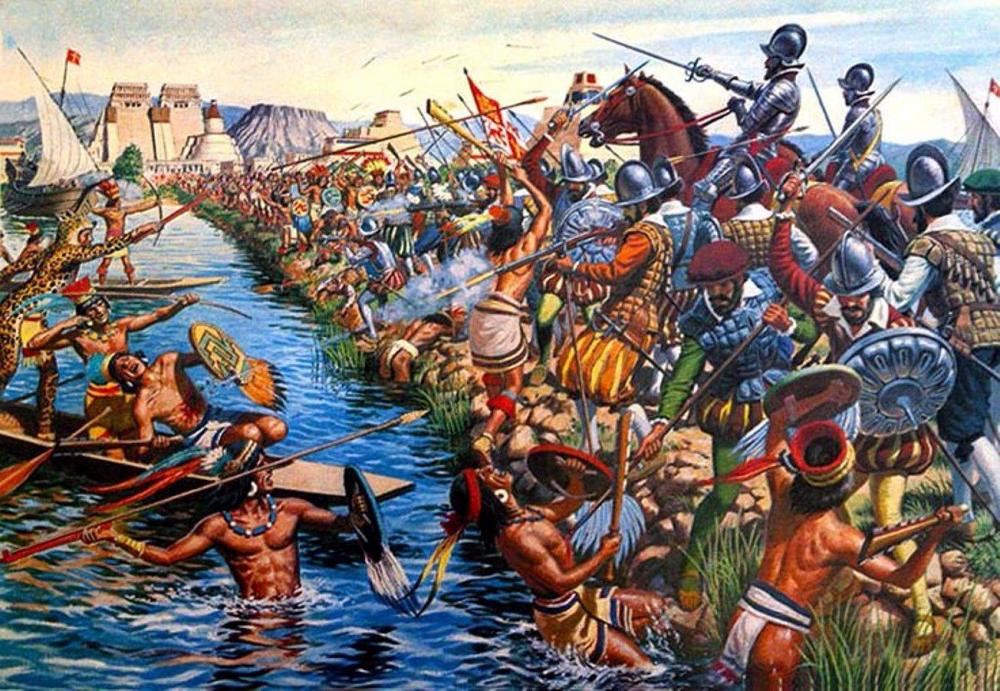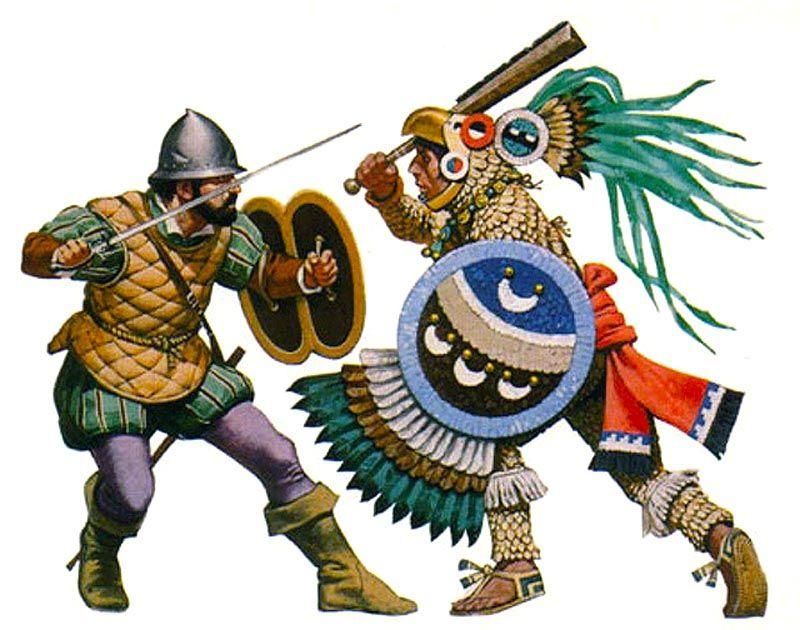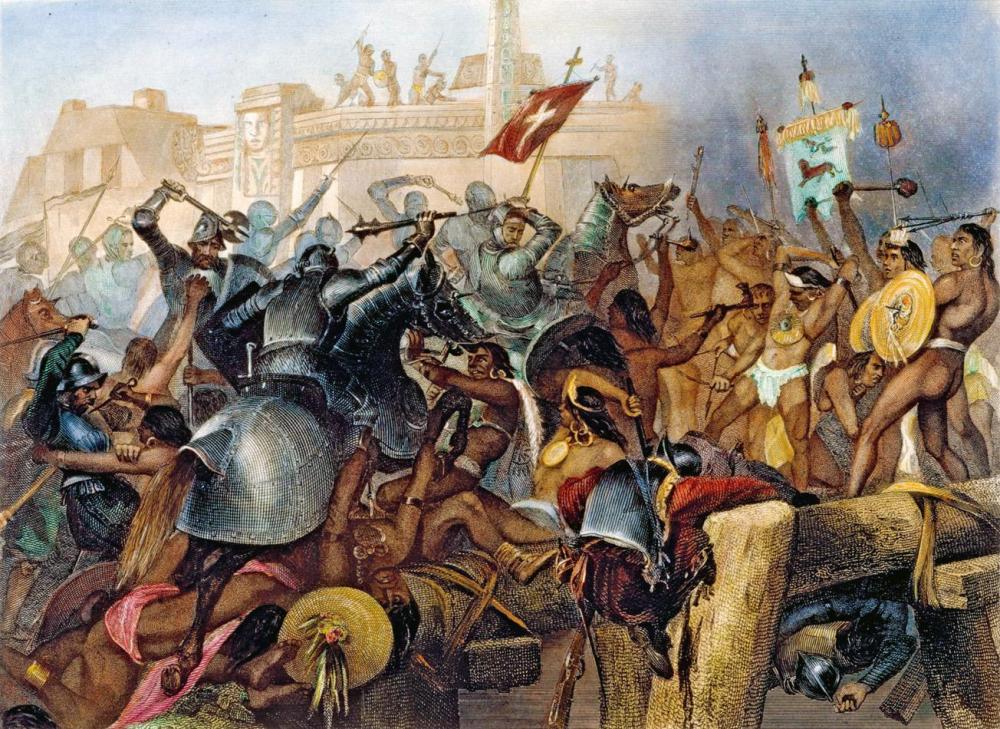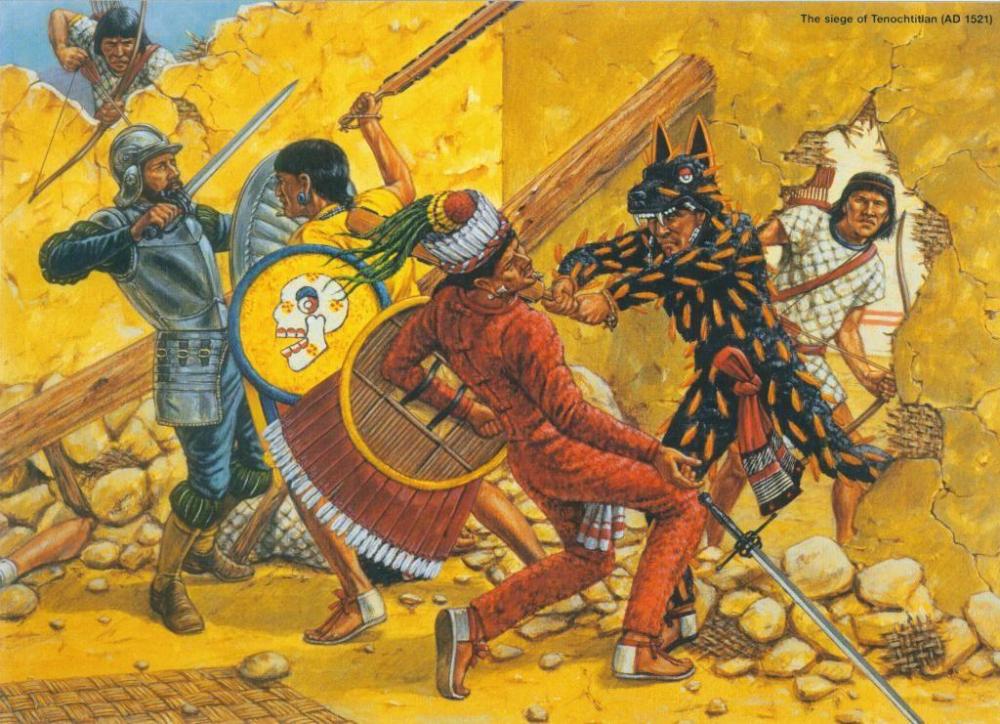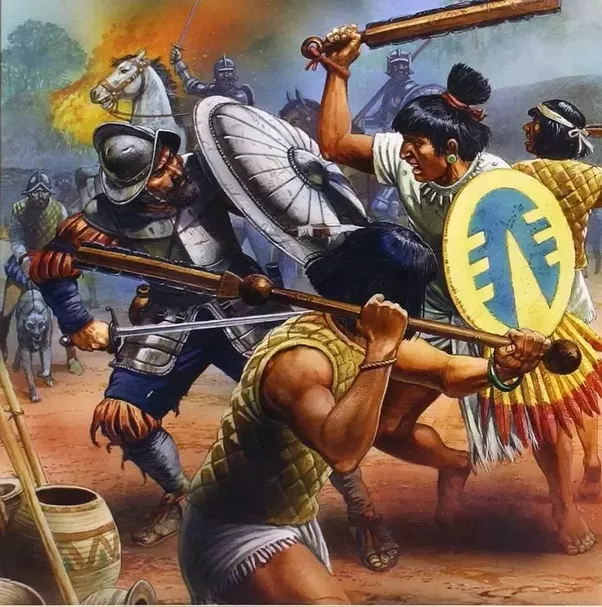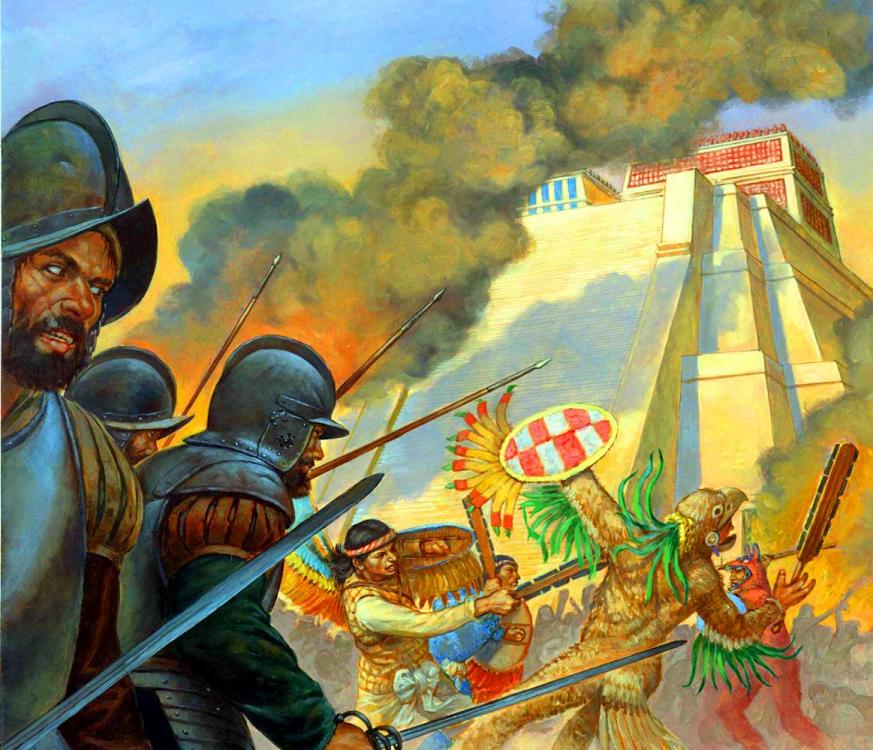Leaderboard
Popular Content
Showing content with the highest reputation on 2018-06-26 in all areas
-
I spent last 2 of my evening on the implementing of the addition light system in the pyrogenesis to find implementing bottlenecks for new objects. And I found some places, but that's not the topic. How additional lighting system looks: Fully dynamic lighting. And all light sources can be attached as props (i.e. to bones): "May the Light be with you..." But what restrictions do we have? We have 2 main: The lights can't throw shadows, because performance (we can implement it, but only few powerful videocards can handle it). There can't be many light sources in one place (at least for low videocards and since we don't support deferred rendering). Because shaders have own restrictions, particularly uniform sizes. But probably it's not the real problem. So I have a question: do we need additional light sources in near releases? Would it be real useful? P.S. I found strange normal values for some model, it should be investigated (probably the shader problem).7 points
-
My first map. The battle of Vikingland 8 players with fjords, woods and mountains. unzip and insert into ..../My Games/0ad/.... 0ad file paths mods.zip2 points
-
It comes from a french documentary about Paris where they didn't even show the sanctuary, his work was only display for a few seconds, it seems that Pierre Gable is intentionally using the Arte logo as a proof of quality, mixing different pictures on the page with his own personal model without specify it. His model is in fact used by Dassault Systems on a video to make a promotion of their software: https://www.youtube.com/watch?v=-64kHmCJGMA Clearly for me, it is unethical. Since the sanctuary of Corent was modeled by a different company (court-jus prod.). Do you know this? https://en.wikipedia.org/wiki/Library_Genesis Thanks for the pictures. About these ones in particular, I want to scan them in good quality, since I have them in a book. It is a very good work from Fernando Quesada Sanz. The first one comes from different findings in Marne and Champagne (where the Hallstatt / La Tène boundary is more complex), with several inspiration from the Roquepertuse statues and this scabbard: It is what the Early La Tène warrior could look like.2 points
-
2 points
-
2 points
-
Just a random thought. I like the current Gaul building set because it is nicely visually consistent. Any updates to the models should strive for the same level of visual consistency in the end. Hold yourselves to a high standard.1 point
-
"Ultra" Option maybe ? Well it looks already gorgeous with the campfires. Why not ? Do you have a patch somewhere @aeonios Ping Which one ?1 point
-
1 point
-
the Teotihuacans are very old, the Nahuas never met them. the Puebloans and the Mound Builders are insteresting1 point
-
@Trinketos A very handsome list! I never even heard of some of them... All very interesting histories, it seems. I know it's a long list and huge task to get done, but I'm a dreamer, and just wanted to suggest three more candidates for a more rounded representation of Pre-Columbian civilizations: Teotihuacan (one of the most significant Pre-Columbian civilizations ever, very influential/ancestral/ maybe too old?) Ancestral Puebloans, sometimes referred to as Anasazi (pretty unique stuff here, and their descendants are still around today, some still living in ancient pueblos) Mound Builders (together with the Puebloans they provide some representation for the USA, might generate wider interest) I'm aware that Mound Builders and Puebloans are generic names referring to any number of cultures, but since they share a certain material culture and are usually discussed on a whole, it could work out quite well.1 point
-
@Palaiogos We will be doing monthly articles on mod db, for each nation I suppose. I am currently in the process of typing up the unique faction bonuses, buildings and unit tables for England/Great Britain.1 point
-
Mexicas Clasical Mayas(like the Greeks whit city-states, more that one maya civilization) Tlaxcaltecas Incas Toltecs Pipiles Tarascos Purepechans Tupis Mapuches the mexica are in game the other no.1 point
-
1 point
-
I was going for this when I made the tavern https://www.google.fr/amp/s/amp.usatoday.com/amp/80506030?source=images Original thread ( You can see the old model it replaced) I don't know if you can access those but a few resources from the past Bonus for @Sundiata About the temple I'm not against keeping stuff1 point
-
1 point
-
I have a lot of friends in the Philippines (originally from there), so maybe I could help.1 point
-
Just stumbled upon this and thought it might be relevant: http://sciencenordic.com/how-decorate-viking1 point
-
@Trinketos, I think your model for the Aztec Civic Center looks pretty cool. The thing is that it reminds me a lot more of Mayan palatial buildings than Aztec. It looks particularly reminiscent of the Mayan palace at Palenque. Aztec elite residences used extensive use of white lime plaster, with some bright red highlights, like a red band running along the lower part of the building (maybe even the occasional red floor). They had flat roofs, inner courtyards and decorated colonnades. Oddly, they have an almost Minoan feel to them... This rendition of Moctezuma II's palace in Tenochtitlan is the finest reconstruction I've seen to date, and provides you with an excellent idea for Aztec palaces (which should ideally be your reference for the Aztec CC): I understand that that structure is little bit too huge for a CC, but since it's modular, you could use either the courtyard structures in the foreground, or the elevated part in the middle as you're reference for a CC. I shared some of the following images in the previous reference post, but I'll share them again here, as the above image of the palace puts them in context:1 point
-
1 point
-
The Kingdom of Kush forms an important phase in the history of what is now Sudan and parts of northern Ethiopia. While much of Kush’s history is outside 0 AD’s time frame it is important as it leads into the Meroitic Period. Which stands today as among the most important of the pre-Islamic African cultures. The Assyrian invasion of Egypt proved to be the beginning of Kush’s end. The 25th Dynasty of Kushite kings who ruled over Egypt in what has been considered one of history’s greatest ironies, was brought to an end in the mid 7th Century. Despite a spirited defense by both the Pharaoh Taharqa and his son Tanutamon the Assyrians conquered Egypt in three general invasions, the first in 671, the second in 667, and the last in 663. After 663 the 25th Dynasty retreated to Kush, taking residence at Napata. From this base the Kushites kept Egyptian culture, enshrining it. They looked up to their period of rule in the north with pride. The Egyptians however did not, and under the Saite dynasty which led Egypt to independence from Assyria, they sacked Napata in 590 at the orders of Pharaoh Necho II. The sack reinvigorated Kush which began to pour itself into a massive drive to modernize its army and retake Egypt. The Iron Age of Nile Africa had begun. The lessons learned from Assyria and the Saitic Egyptians forced Kush to reevaluate itself and its army. Taking advantage of both Kush’s strategic position on the Red Sea and its natural iron wealth the kingdom turned into one large iron forge. This transformation coincided with developments to the north as the Satic Dynasty fell to the might of Persia in 525. As a trade kingdom Kush felt this change through the arrival of Persian merchants, whose culture began to have an impact on the kingdom. As Egypt fell, Kush became more steadily unique and less of a clone of its northern neighbor, continuing to keep elements of Egyptian culture but with their own uniquely Kushite twist. This change was gradual and the full effects would not be felt for some time. This all came to fruition centuries later after Persia itself fell and was replaced by the Hellenistic successors of Megas Alexandros, Alexander the Great. Hellenic culture had probably first reached Kush by traders, and was reinforced by their sudden arrival in the area by force. Around the 270s (exact date unknown given the uncertainties of Kushite history) a revolution occurred in Napata. Previously the priests of Amun Re, the supreme deity of the Egyptian pantheon, would try to control the sitting Pharaoh by pretending to receive a message from the deity saying the ruler’s time on the throne was up. The Pharaoh was then expected to commit suicide and go on to the afterlife. But the sitting Pharaoh of the time, Arakamani, was educated by Hellenic tutors. This led him to reject the ritual and with a sizable body of troops he marched on Napata. Once there he entered the temple of Amun Re and ransacked it, killing the entire priesthood in the process. Arakamani, to distance himself from Napata and the old order, then had his pyramid built not at Napata but further south at Meroe in Upper Kush. The city was already famous by this time. Meroe, besides being the central hub of several overland and over water trade routes, lay in the middle of a seasonal rain belt. This combination made Meroe one of the largest and most wealthy cities south of Egypt. It was also defensible, surrounded by rivers on three sides (the Nile, the Atbara, and the Blue Nile), causing several ancient authors to mistakenly believe Meroe to have been an island. Arakamani could not have chosen a better site to make his break with the past. The Meroitic Period had begun. It was here then, in the Meroitic Period that Kush truly became separate of Egypt. Almost immediately following the move to Meroe and the reign of Arakamani the differences between old Kush and the new period in Meroe became steadily more pronounced. Amun Re was cast aside by the new Kushite priesthood created by Arakamani. In his place they put the native lion-headed deity, Apedemak. Other religious changes were wrought which saw the entire pantheon revamped and only a few Egyptian deities remained. But this was not the only change. The Egyptian language suddenly ceased to be the accepted language of the kingdom early in Meroitic history. In its place a new language, only now being deciphered, was created called (fittingly) Meroitic. This language was a mixture of Egyptian ‘cursive’ and a strange alphabetic script of unknown origins. Although we can identity the derivatives of Meroitic by common words shared between them. By far the most momentous changes were in the nobility and the royal family itself. In this case the trappings of Egyptian culture were almost entirely thrown off. After the move to Meroe the upper classes gradually stopped using the old traditions borrowed from Egypt. Everything from social norms to names changed to something different. Modern historians believed the nobility may have attempted to revert to the practices of early Kush before contact with Egypt, mixed in with bits and pieces of other cultures (Egyptian, Persian, and Hellenic). One well attested example was that Meroitic nobility scarred themselves, an old Kushite practice. Accompanying these changes was the sudden newfound equality of women. Meroitic artwork shows women often equal to men standing alongside them on even terms, sometimes helping their husbands smite his foes. Occasionally the woman did the smiting. One of the greatest changes however was that in Meroe the Pharaoh no longer reined supreme. His power was held in check by a figure known as the Kandake, corrupted into English through Latin as Candace. The Kandake was one of the most important women in the royal court and usually either the Pharaoh’s wife or some other close female relative. The office was neither hereditary or for life, since they were elected from a pool of royal candidates by the council of priests. This was similar to the practice used for the succession of the Pharaoh, who was also elected from a pool of eligible royal candidates. But his office was for life. The Kandake technically had to share power with another woman, usually an older relatived called the Qore. The Qore was the supreme authority in the household, but real power was held by the Kandake. On occasion when the Pharaoh was too young to rule or unfit the Kandake would be appointed by the priests to rule in his place. Other changes that were not so pronounced will also be examined. In Meroitic Kush the farmers were no longer the center of the economy and were replaced by cattle herders. The cow assumed a place of importance and temples dedicated to Apedemak often were decorated with scenes of cattle, usually the breeding and caring of the animals. The ceramics, which are always important to archaeologists, also changed from the bright red of the earlier periods to a polished black for the Meroitic. Iron production however was one thing that did not change and the constant production of the metal is one of the enduring legacies of Meroe, and the catalyst for its eventual downfall. The Kingdom of Meroe began to achieve its greatest prosperity in the last century before Christ. With Meroe itself leading the way the cities of Kush had achieved a splendid prosperity thanks to the wealth of the Red Sea trade to and from India. As well as the kingdom’s natural wealth, thanks to its rich supply of iron and gold. Ivory from elephants, a sacred animal in Meroitic Kush, was also valuable as was Ostrich feathers. All of these were in high demand to the north in the rump Ptolemaic state and more importantly their Roman overlords. This highlighted the growing threat of Rome, which successive Meroitic Pharaohs became increasingly worried. One reason was that Ptolemaic Egypt and Meroitic Kush had a specific agreement on a series of temples that both kingdoms shared by religion that sat along their borders (between Upper Egypt and Lower Kush). As long as neither power attempted to take over the area they remained at peace, even though the intermittent border wars continued in spite of it. But it was unknown if the Romans would honor the agreement. This led to tensions all along the border zone, called the Dodekaschoenos. In 24 BC the most notable event in the history of Meroe occurred, a military confrontation with Rome. By this time Ptolemaic Egypt had been annexed by the newborn Roman Empire, and the Kingdom of Meroe, who had had limited contact with the Romans, was eager to press the limits to which they could go. In 24, while Augustus Caesar recalled Aelius Gallus after his failed invasion into Arabia, the Kandake of Meroe, Amanirenas, ordered an invasion of the north. This was in part motivated by what Amanirenas may have seen as a sacred duty. As the High Priestess of Isis, recognized by both Kushite and Egyptian alike, she may have saw it as best to annex the temples to Meroe for protection. Meroitic troops annexed the Dodekaschoenos and raided as far north as Aswan. Rome reacted quickly by sending Caius Petronius, who launched a counter invasion. But Amanirenas ordered her troops to fall back and allow the Romans to take Napata. Petronius enslaved the population and burned the town, famously remarking that Kush was not worth the effort to conquer. As the Romans went back north the Kandake launched a counterattack, surprising the Romans with their superior archery and elephant corps. Petronius was victorious in the end and Amanirenas surrendered. Negotiations with Augustus resulted in a peace treaty to return to the status quo, but markedly with the reestablishment of the Dodekaschoenos zone between Egypt and Kush, but with a Roman garrison close by. Future generations of Roman emperors were cautioned by Augustus to contain Meroe, but not to conquer it, out of respect. These events were followed by a Meroitic golden age. The period from AD 12 to 20 is often referred to as the height of Meroitic Kush and roughly corresponds to the reign of Pharaoh Natakamani and his wife, the Kandake Amanitore. This royal couple is the best known monarchs in Meroitic history, partly because they were its greatest builders. Together Natakamani and Amanitore either restored and built over from scratch a majority of the surviving temples and monuments dating from this period in modern Sudan. Natakamani is also known to historians as the architect of a new smaller type pyramid, which he urged future generations to use. Confusingly however is that from the artwork found at the temple of Apedemak at modern Naqa it appears the two rulers led the kingdom to war and lost two of their sons to this conflict. But no record of any conflict exists elsewhere. It any case the period of their rule is still considered one of the best periods in Meroitic history. As one last note on this phase of history we know today that Kandake Amanitore was mentioned in the Christian Bible. In the Book of Acts Philip the Evangelist converts to the still small Christian faith an ‘Ethiopian Eunuch’ who then takes his faith back to his queen, Candace of Ethiopia. The New Testament of the Bible was originally written in Koine Greek, which referred to Kush as Ethiopia. This was repeated in Roman records, as can be seen in the accounts of Amanirenas’ war with Augustus. What is today called Ethiopia was called Aksum, after the primary city and kingdom of the region during that time. However the prosperity and glory of Meroitic Kush that was overseen by Natakamani would not outlast him. When the Pharaoh died in AD 20 his surviving son, who may have been his eldest to start with, succeeded him. But Arikaharor was not his father and the building spree that had marked Natakamani’s reign ground to a halt. This traditionally marks what historians refer to as the long decline of the Meroitic kingdom, for lack of any better evidence. Modern archeology points the pursuit of iron may have been the catalyst. As the number of iron forges increased to keep up with the demand for Kushite iron the harvesting of so much wood to feed the furnaces may have turned the lush lands around Meroe into desert. Without fertile lands agriculture and cattle herding suffered and forced them to go further and further out to find lands to grow food and feed the cows. The death of Nero and the end of the Julio-Claudian Dynasty had effect even on Meroe. Nero had made it clear during his reign that he had designs on the southern kingdom and regardless of Augustus’ instruction intended carry it out. But at the last moment he canceled his plans, content with the information gathered for him by the military. This did not make him well liked by Kandake Amanikhatashan, who started to rule in 62. To spite Nero’s memory she backed Vespasian to become Roman emperor after he was proclaimed by his troops in July, 69. After the Senate confirmed Vespasian as emperor and he sent his son Titus to deal with the Great Jewish Revolt the Kandake took the opportunity to send a sizable cavalry force to Jerusalem to aid Titus. While the final contribution of the Meroitic squadron was slight it did boost relations and the new Flavian dynasty promised to uphold the old treaty. In the 2nd Century AD a sudden change took place in Kush with the rise of the nomads. These nomads were divided into two groups: The Blemmyes and the Noba. Both group paid homage to the Pharaoh at Meroe and the Blemmyes especially were valued for their fighting abilities. In the late 1st Century AD the Meroitic court moved the Blemmyes as a people and settled them in Lower Kush along the border with Rome. But by the 2nd Century the Blemmyes had begun to display an increasing degree of independence from Meroe, even to the degree of having their own king. This in turn led to the Blemmyes becoming more and more settled and urban. Even as this happened however the introduction into the region of the camel allowed the Blemmyes to become much more potent militarily. While nothing is known for certain it is believed that thanks to the camel the Blemmyes transformed into a real threat to both Meroe and Rome. Both states were raided unmercifully even as the king of the Blemmyes still paid tribute to Meroe. This resulted in the tangled situation in which Meroe still commanded the loyalty of some of the Blemmyes, but most of them had turned into raiders. The 3rd Century AD accelerated the decline of Meroitic Kush. With the Blemmyes’ newfound power now rampaging across both Upper Egypt and all Kush at will even the formidable might of Rome was shaken. With the continuing decline of arable land in the kingdom the situation grew worse, even though evidence suggests the authorities managed to avoid starvation and kept a reasonable amount of stability. However the wealthy Red Sea trade that had practically sustained the Meroitic kingdom began to shift during this time. Instead of flowing to Meroe, the routes now flowed to Aksum. The kingdom of Aksum, the forerunner of modern Ethiopia, had been founded in the late 1st Century BC. With the changing routes from India the Aksumite kingdom could now take full advantage of the great wealth offered by the trade. To protect its interests Aksum expanded militarily seizing control of Meroe’s Red Sea coast, thus severing it from maritime routes. Other Aksumite military adventures were aimed at Upper Kush, trying to sever the overland routes. When this was defeated they instead bypassed Meroitic Kush, creating a pricing war with Meroe which the latter ultimately lost. In the closing years of the century there appeared a moment of renewed hope as problems in the Roman Empire, the so called Crises of the Third Century, had lead the empire to all but abandon the Dodekaschoenos. But this hope proved illusory. Diocletian, who had brought the Crises to an end and created the Tetrarchy, realized that with the threat of the Blemmyes that occupying the Dodekaschoenos was no longer viable. He decided to abandon the area, but rather then allow it to be occupied by Meroe, Diocletian invited the Noba to occupy the area. Still living on the western bank of the Nile, the more ‘civilized’ Noba saw their chance to break with Meroitic Kush and took it. Crossing the river in force the Noba attacked both Meroe and the Blemmyes before making it into the Dodekaschoenos, even as the Romans withdrew further back into Egypt, though they maintained control of the primary temple at Philae. With the settling of the Noba in the Dodekaschoenos the kingdom of Meroe was deprived of another major ally, which turned against them. The Noba quickly formed their own state, called Nobatia which combined elements of both Hellenic and Meroitic cultures, and went to war with the Blemmyes. The 4th Century was the final one for Kush. By this point the end of Meroe was all but finished. The building of monuments and temples and even pyramids (small as the Kushite model was) had completely stopped. The kingdom no longer had the ability to support these projects, much less the state itself. With most of the former kingdom either annexed to the Blemmye tribes and Nobatia to the north and Aksum to the south Meroe was in pitiful condition. In the early years of the century the Aksumite King Aphilas conquered Meroe but left the city standing, instead demanding they pay homage to Aksum. Pharaoh Yesbokheamani agreed, and the kingdom had for all intents and purposes ceased to exist. However as a vassal state Meroe continued to function as the cultural predecessor of a new people just beginning to form. The Ballana culture or X-Group as it is called first appeared in the 4th Century and appears to have originated from intermarriage between the Noba and the Kushites. This new culture borrowed much from Kush and was also distinctly unique in that it took in other influences as well. The Ballana are considered the ancestors of the Nubian peoples. Strife with Aksum continued to plague Upper Kush for many years until finally in 350 AD the Aksumite King Ezana, the first Christian monarch, led his troops north and demolished Meroe. The destruction of the city marked the end of Kush as a kingdom, even though it continued to persist culturally and linguistically for at least another century. In conclusion the kingdom of Kush left a major imprint on Africa. Because of a close proximity to the giants of Egypt and early Ethiopia the Kushite state is often overlooked in history. But its influence on the development of the region is undeniable, though still misunderstood due to both the Meroitic script itself and racial nationalism.1 point
-
This post is over 7 years old. There's no need to necromance it. The chances that someone is working on a 7 year old post is very close to zero. I'm closing this topic now. Archived topics shouldn't contain new information. If you have stuff to show us, open a new topic.1 point
-
0 points




.thumb.jpg.b21ca1d0c15fb56b42c39b25a0a40815.jpg)
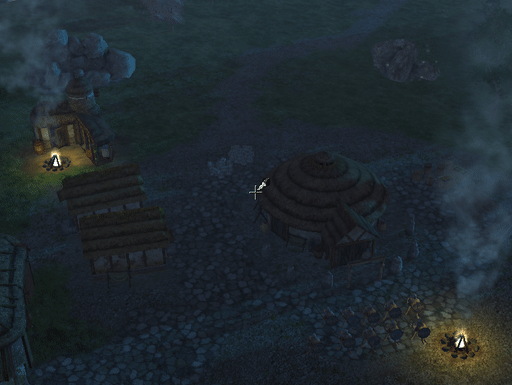
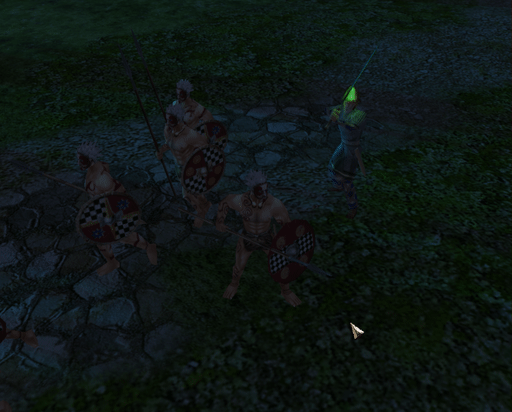

.thumb.jpg.b85f1db9873287a0d10cd2c7e88579c0.jpg)

